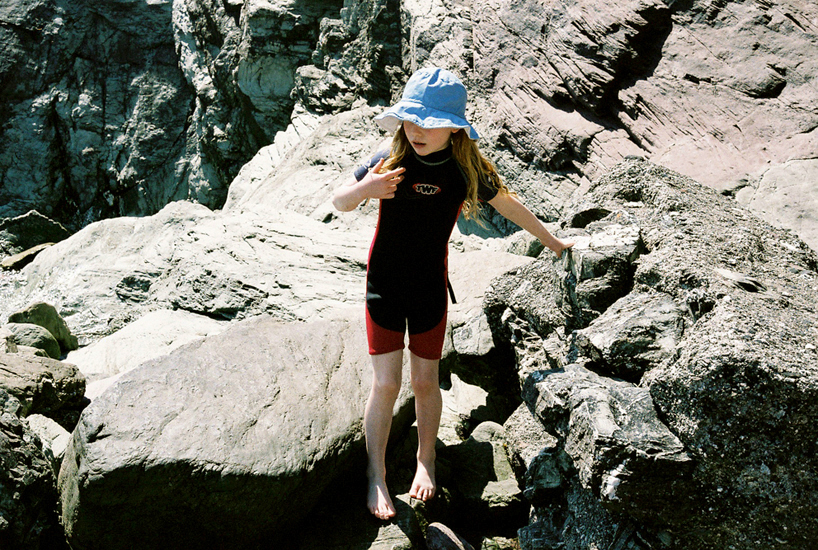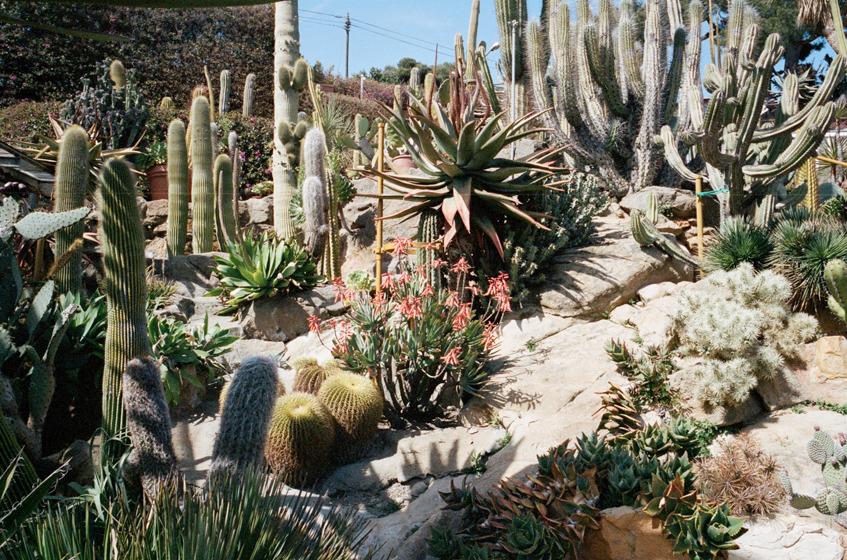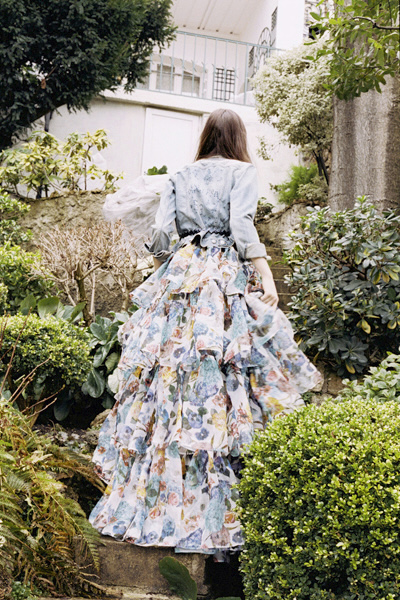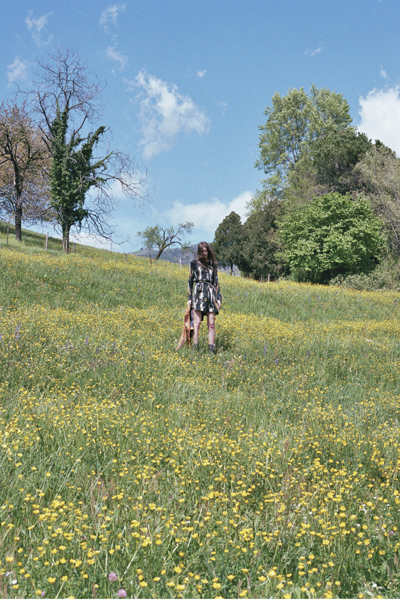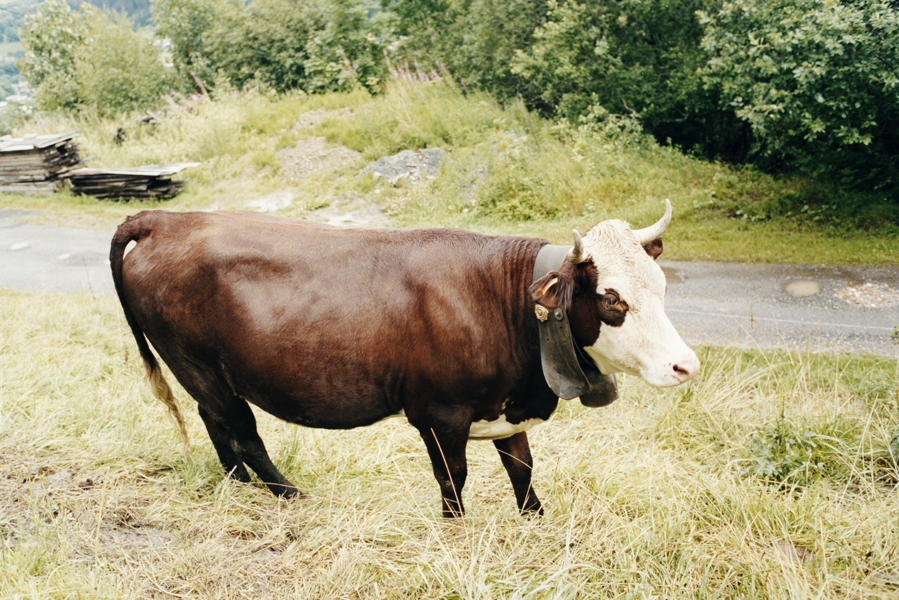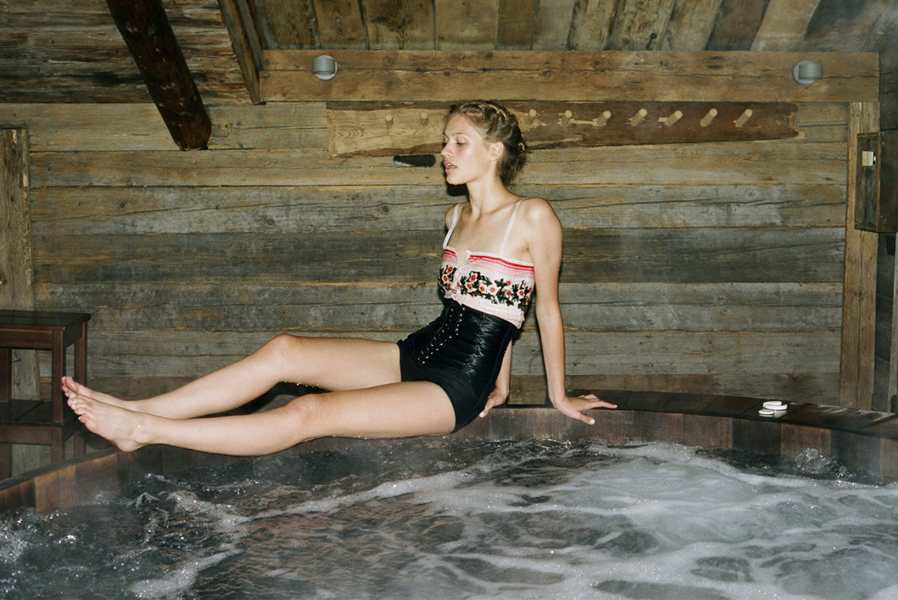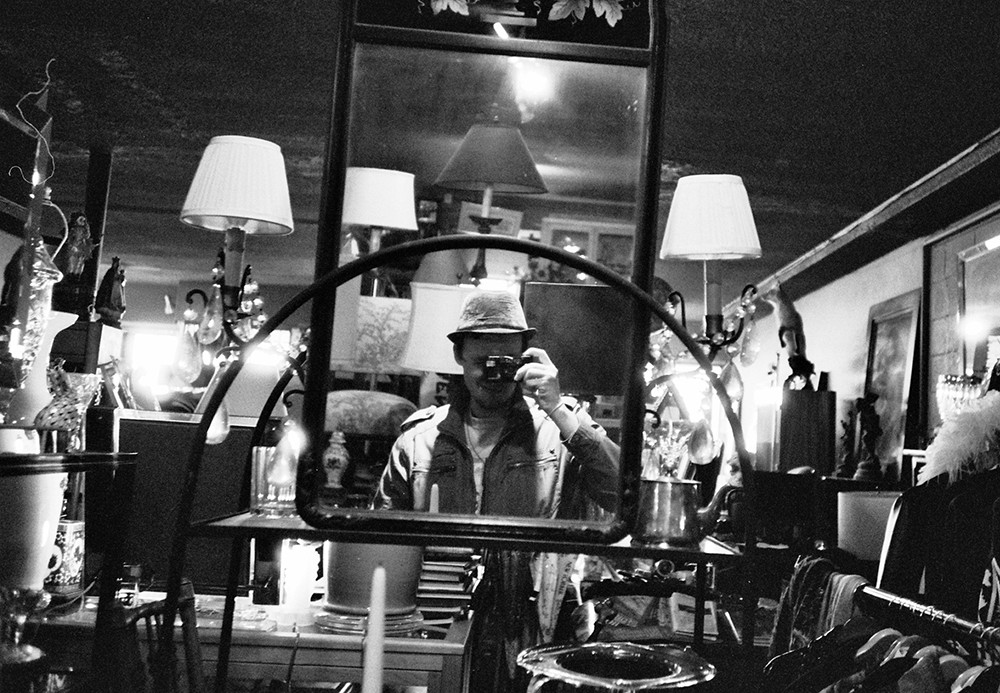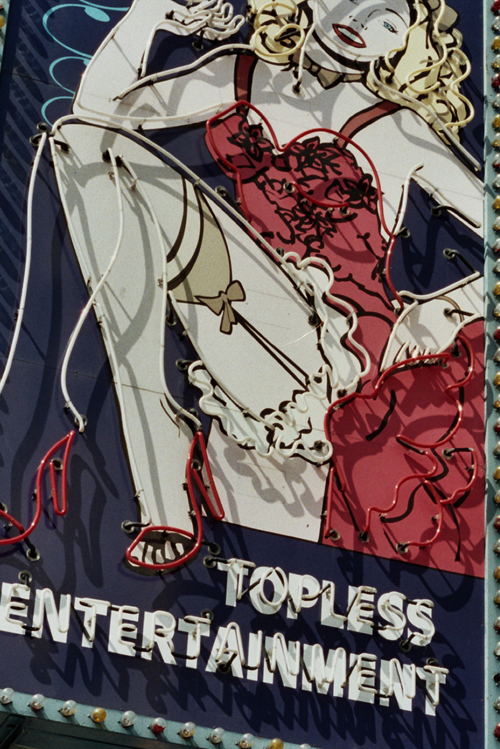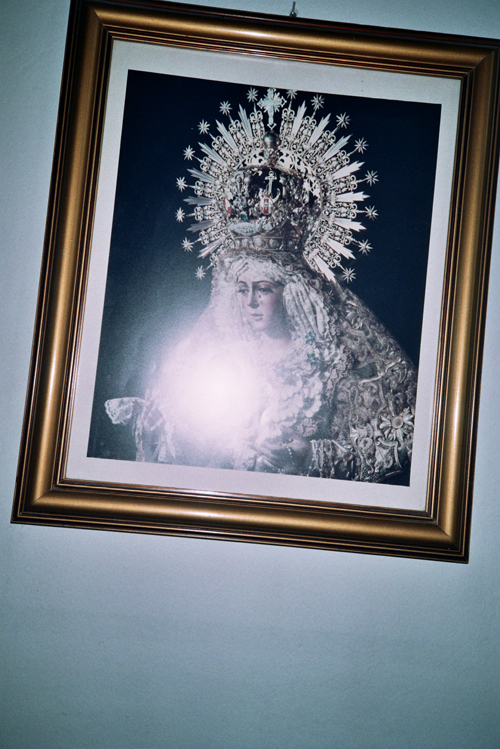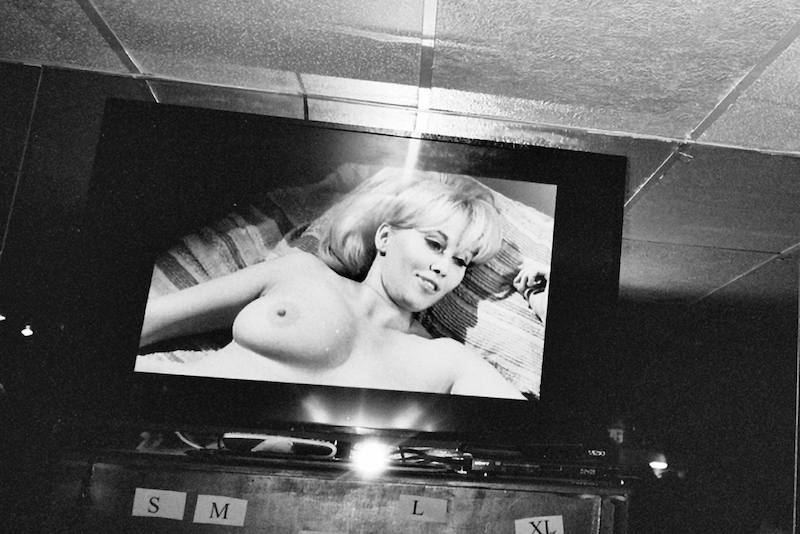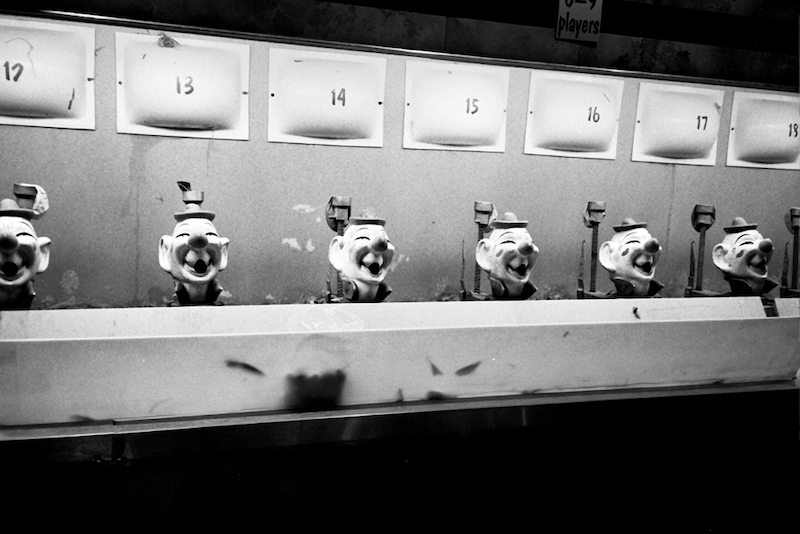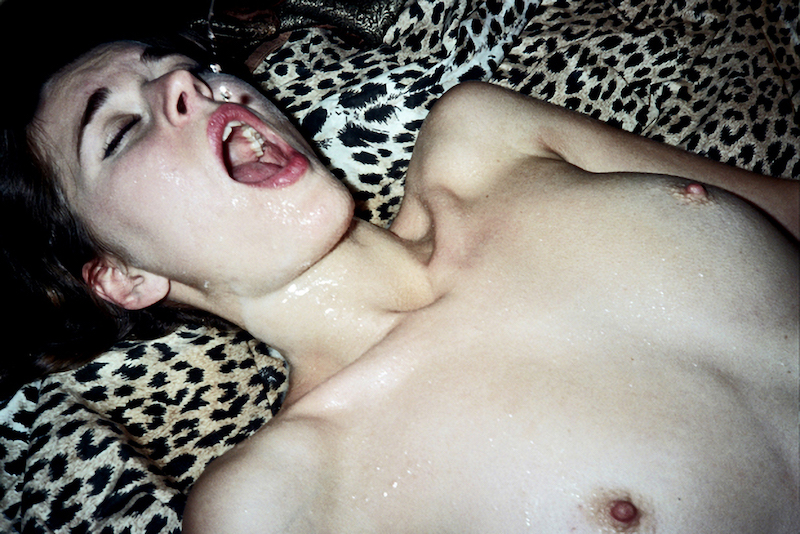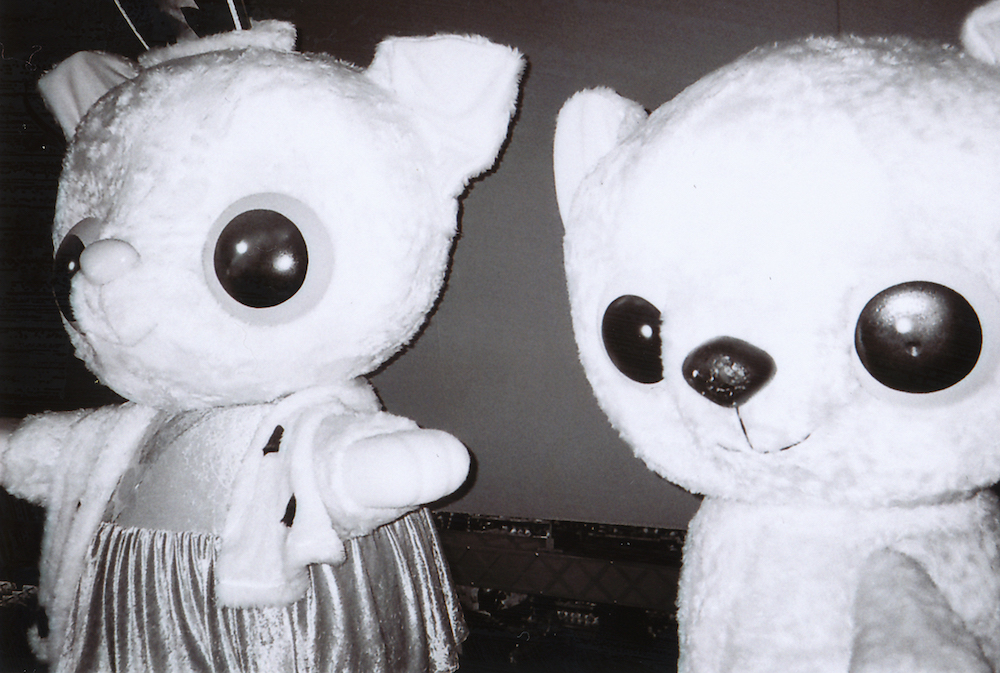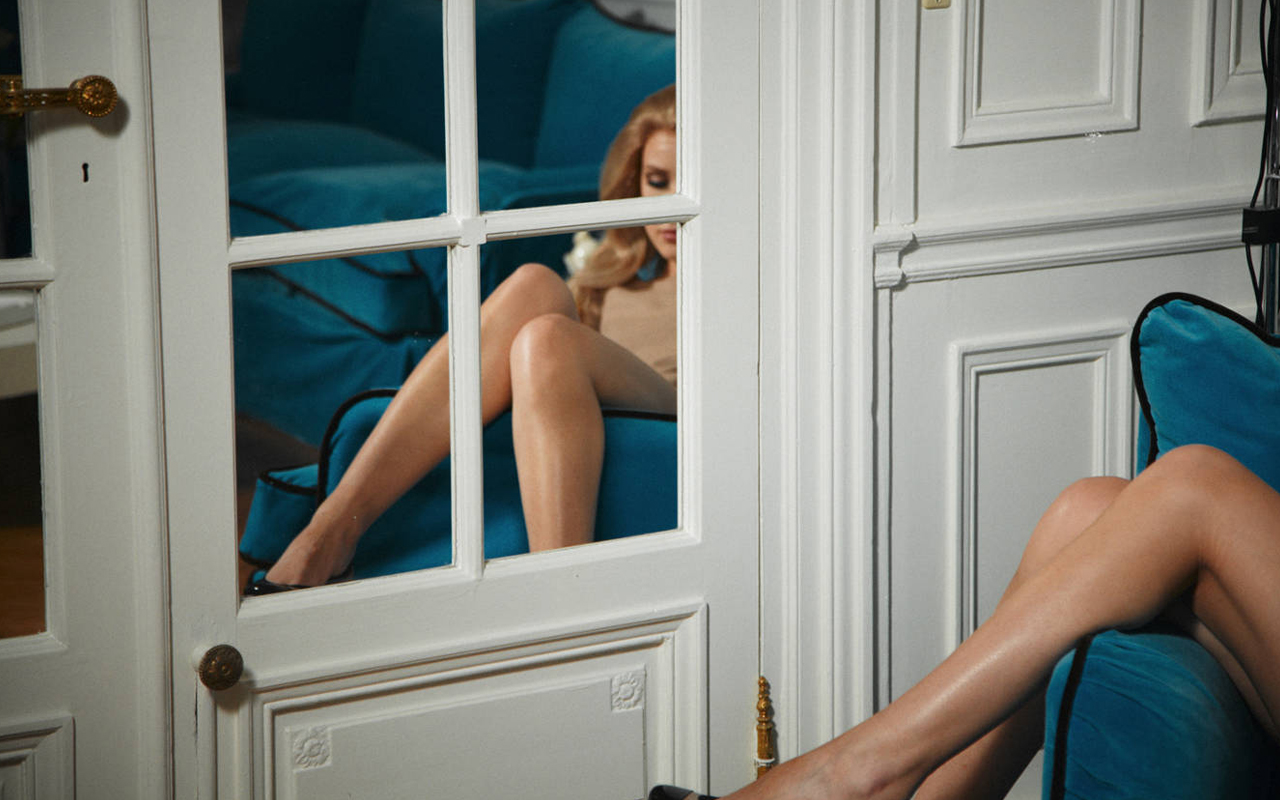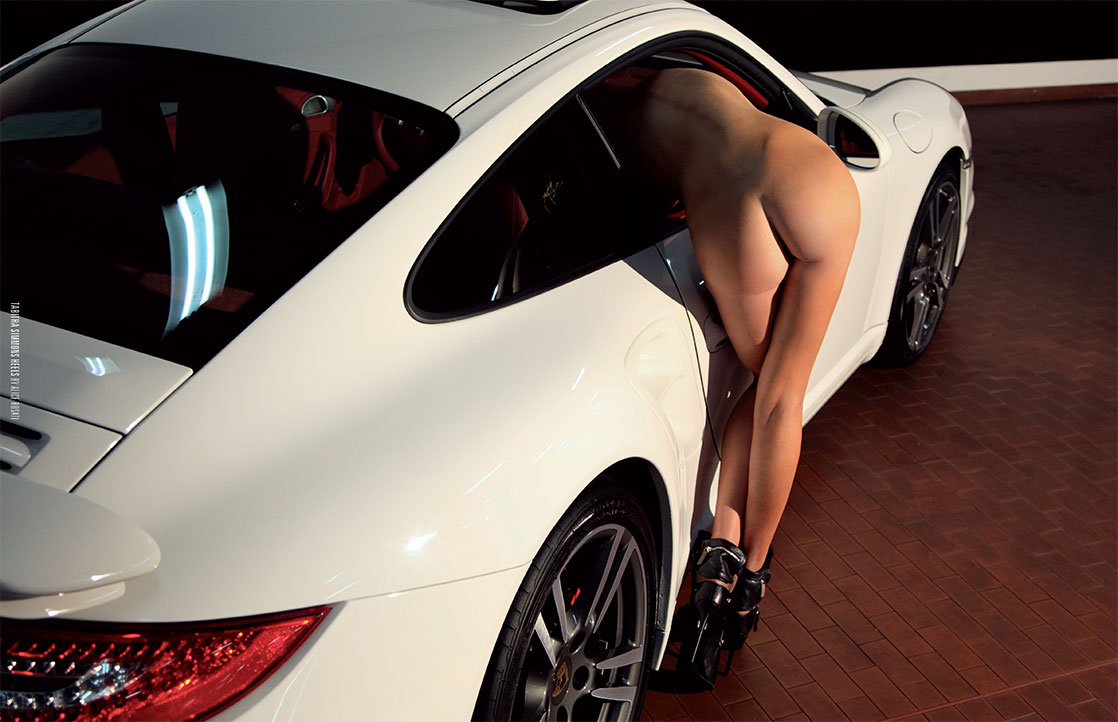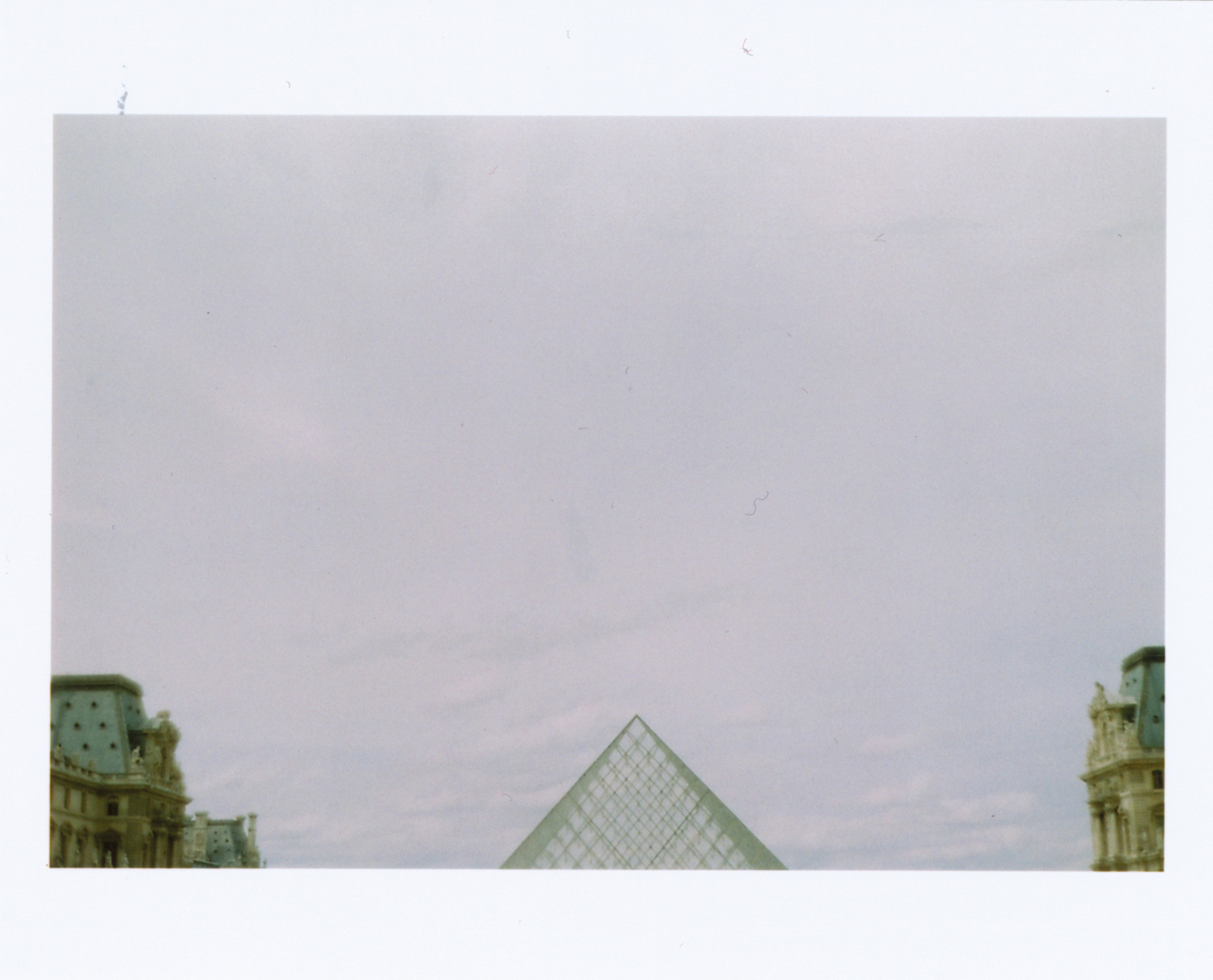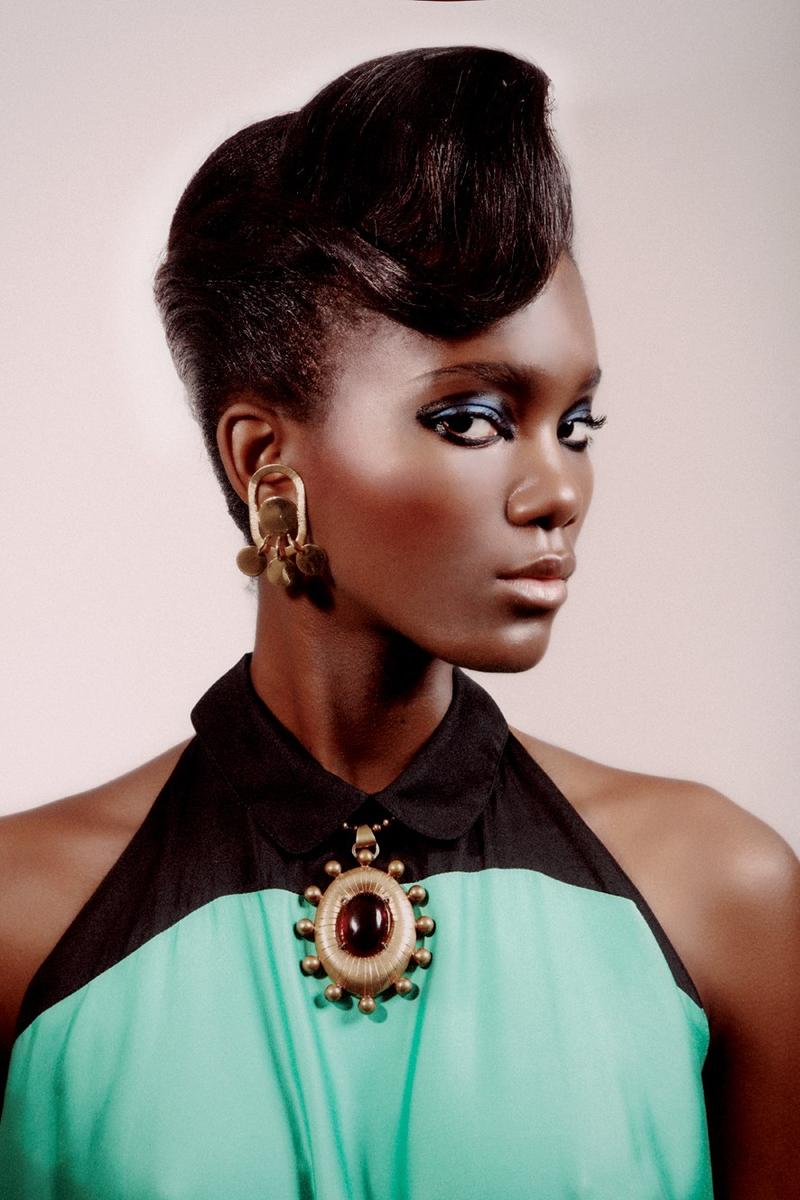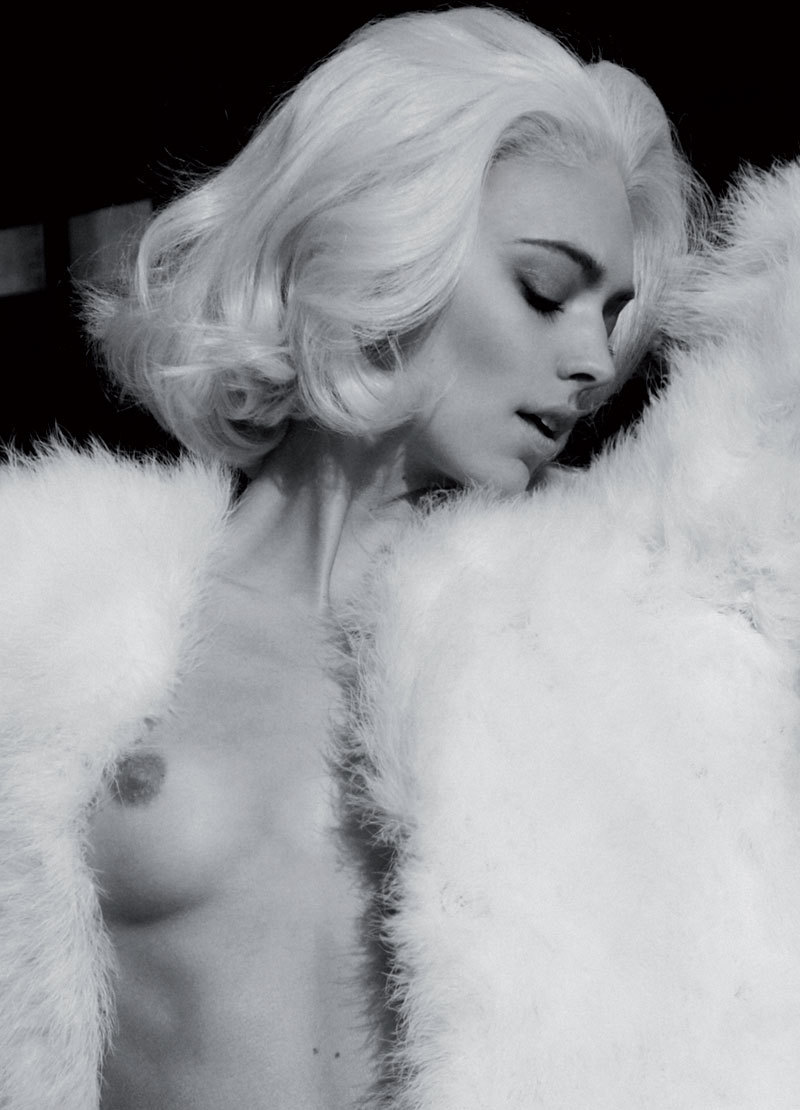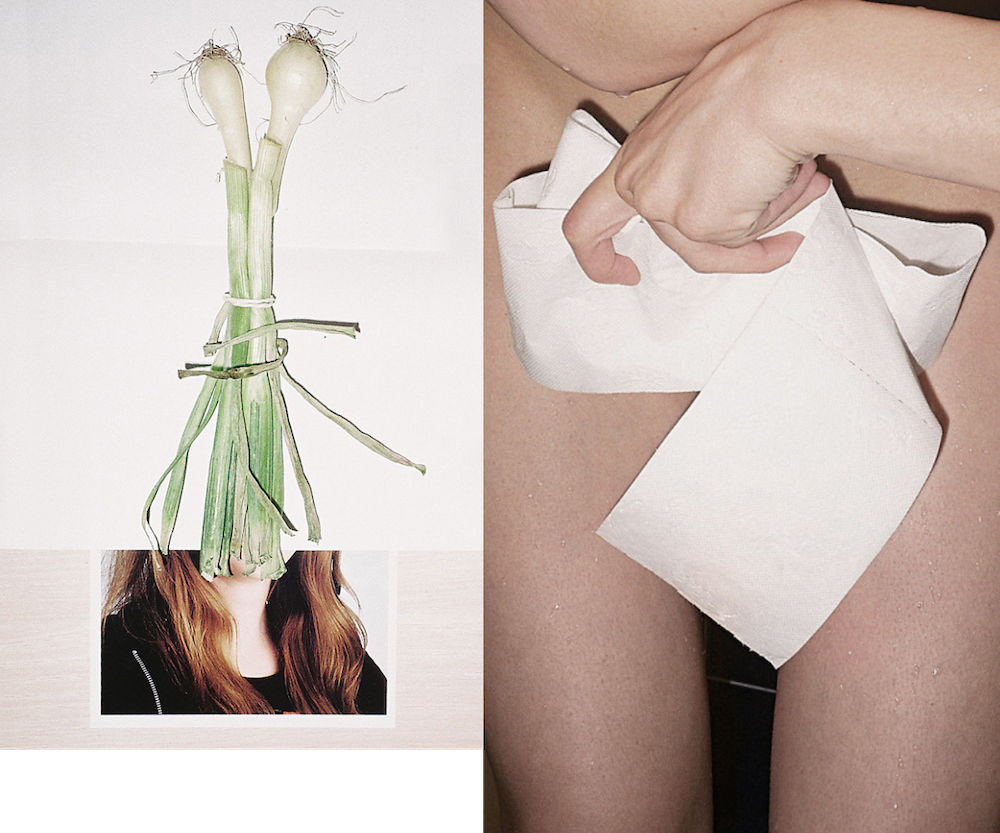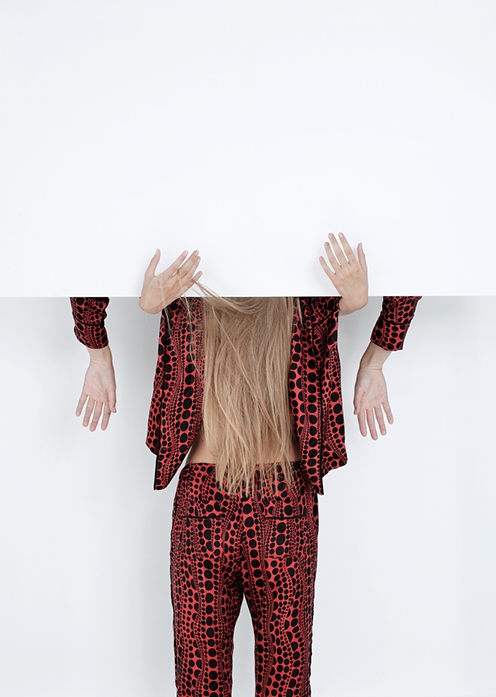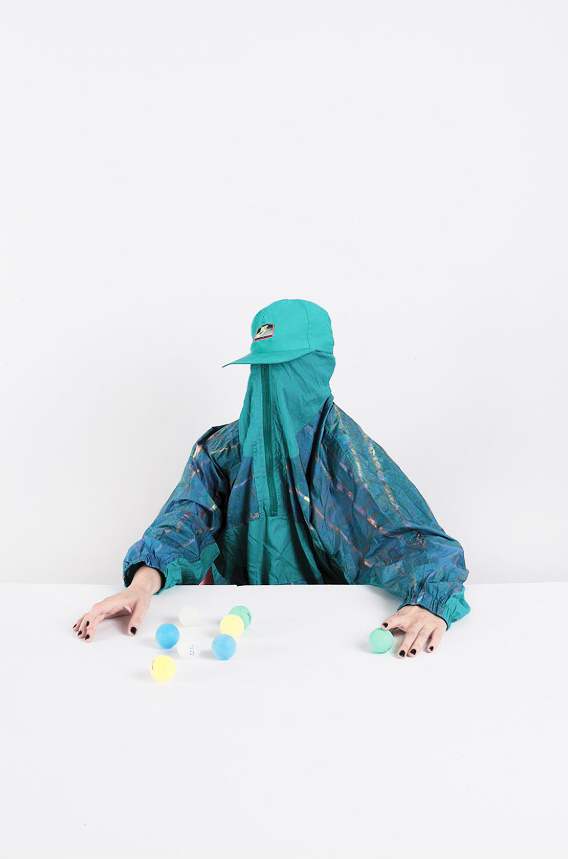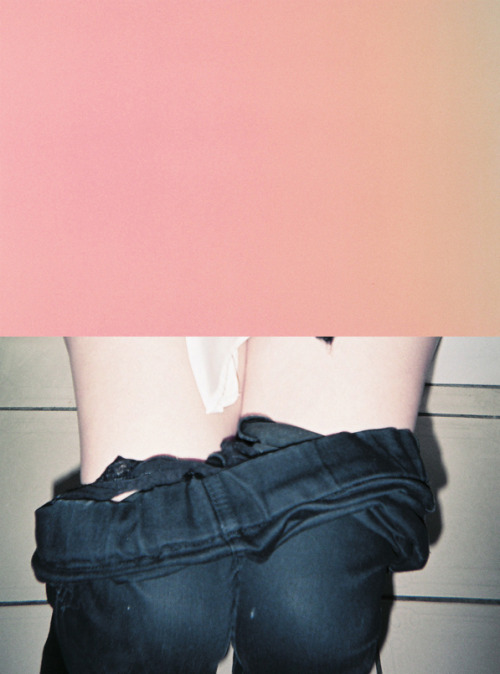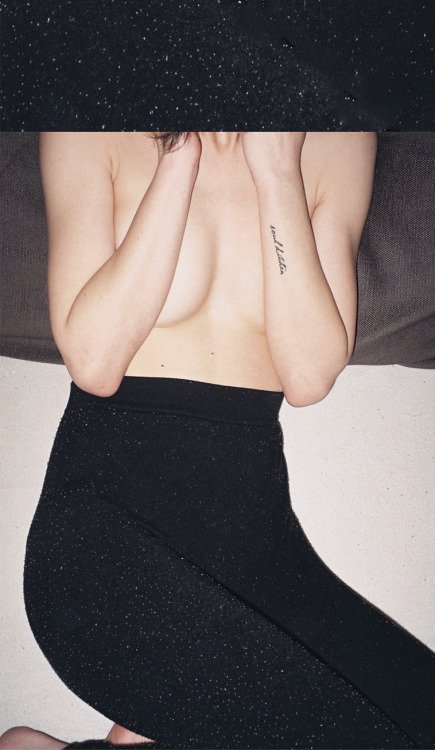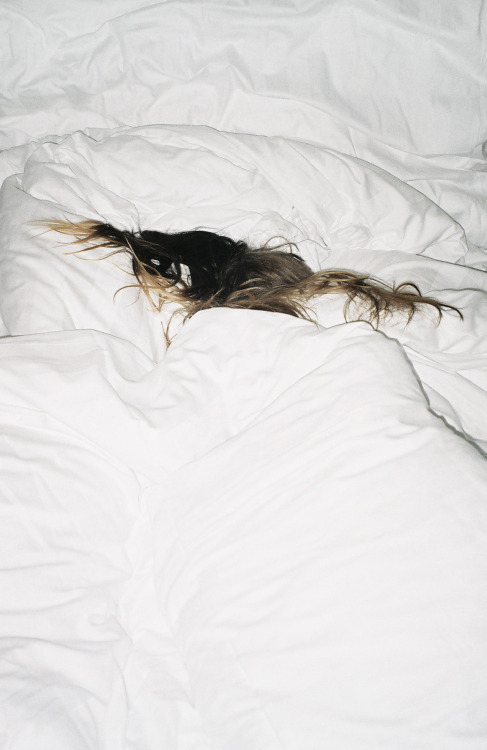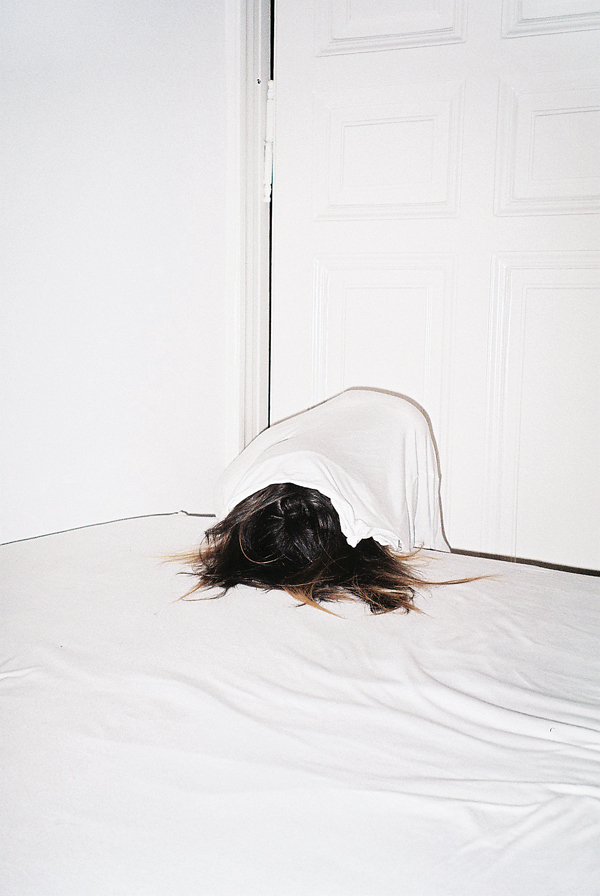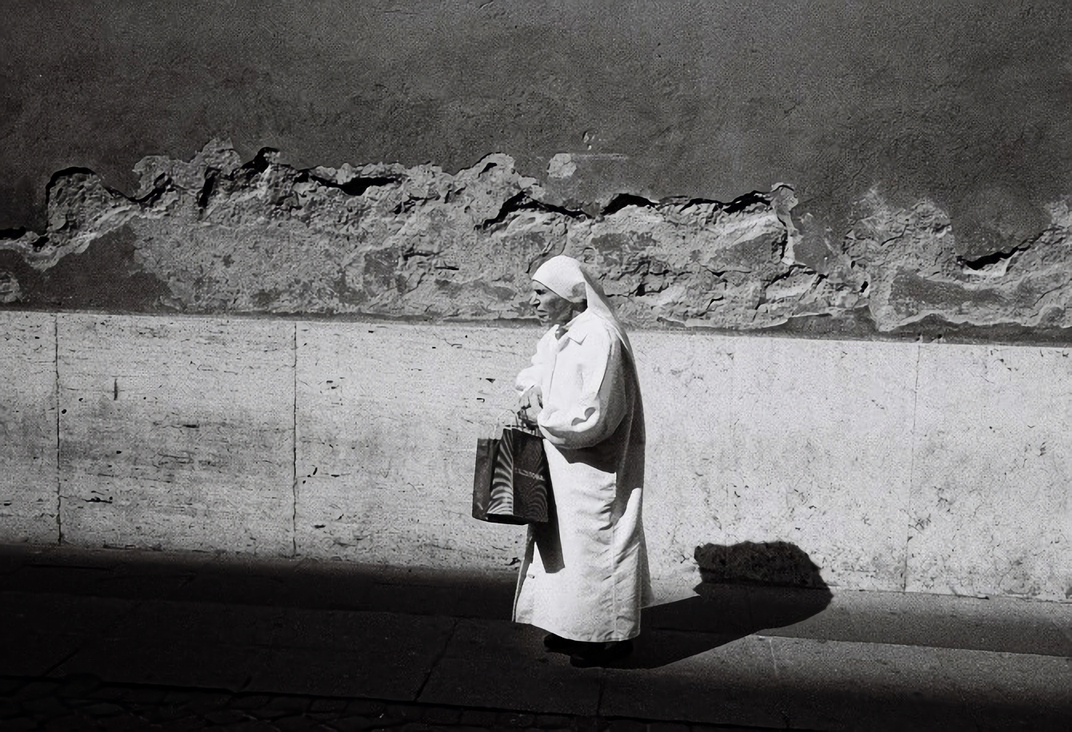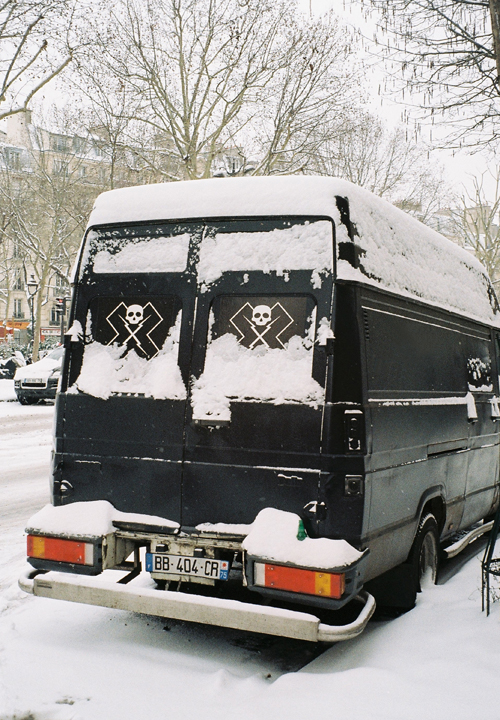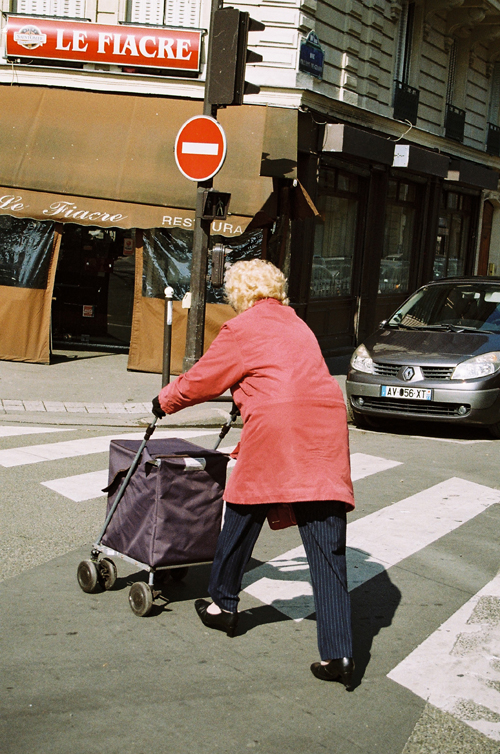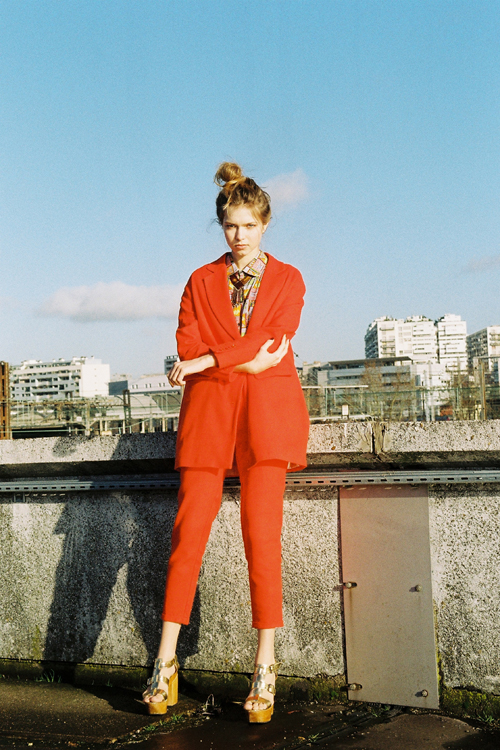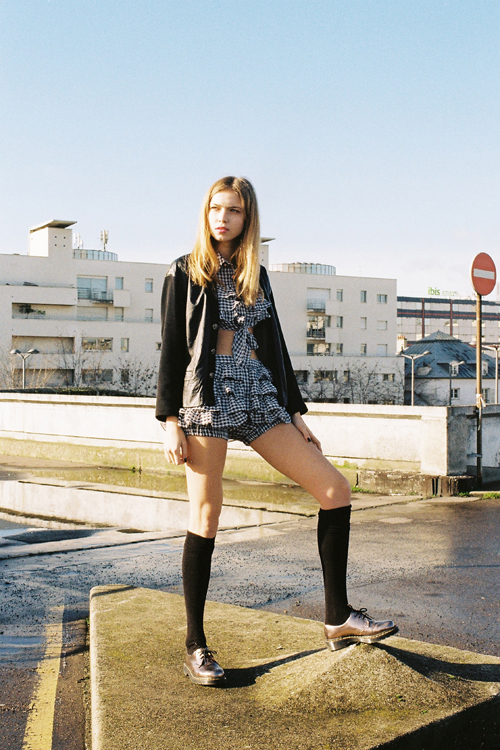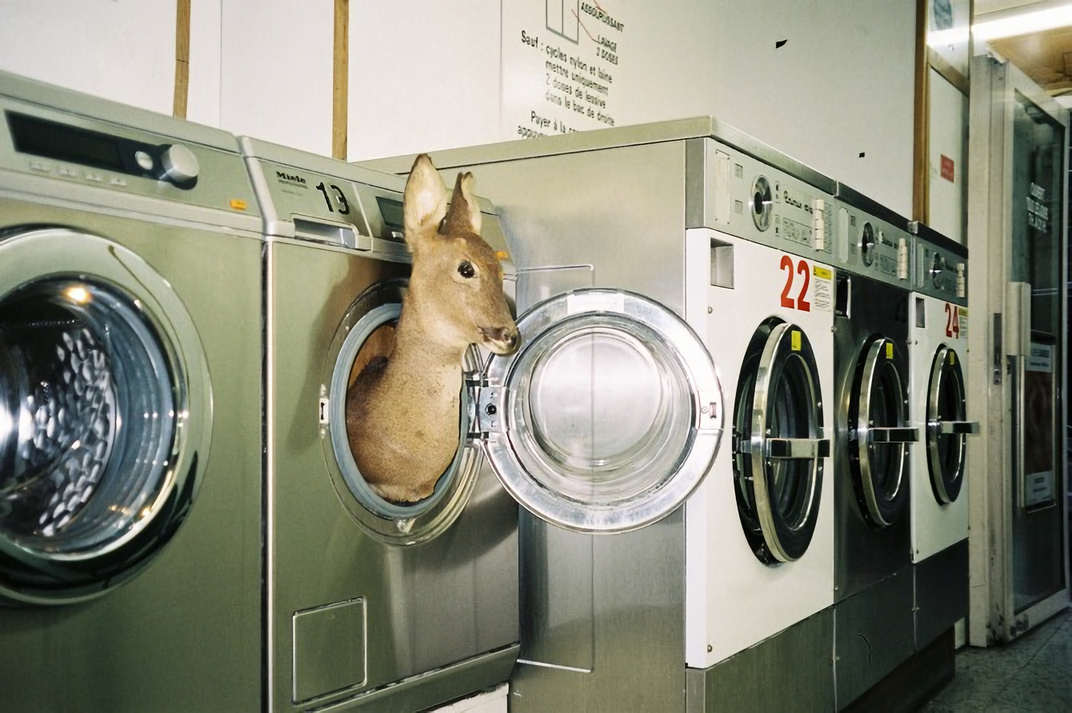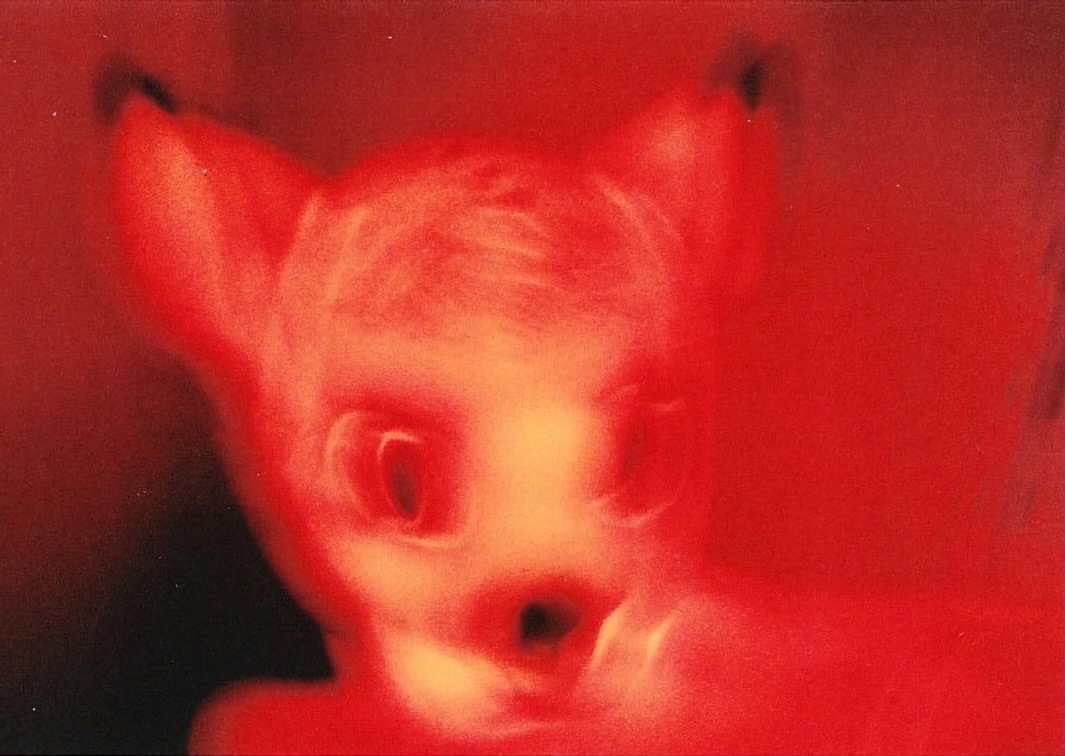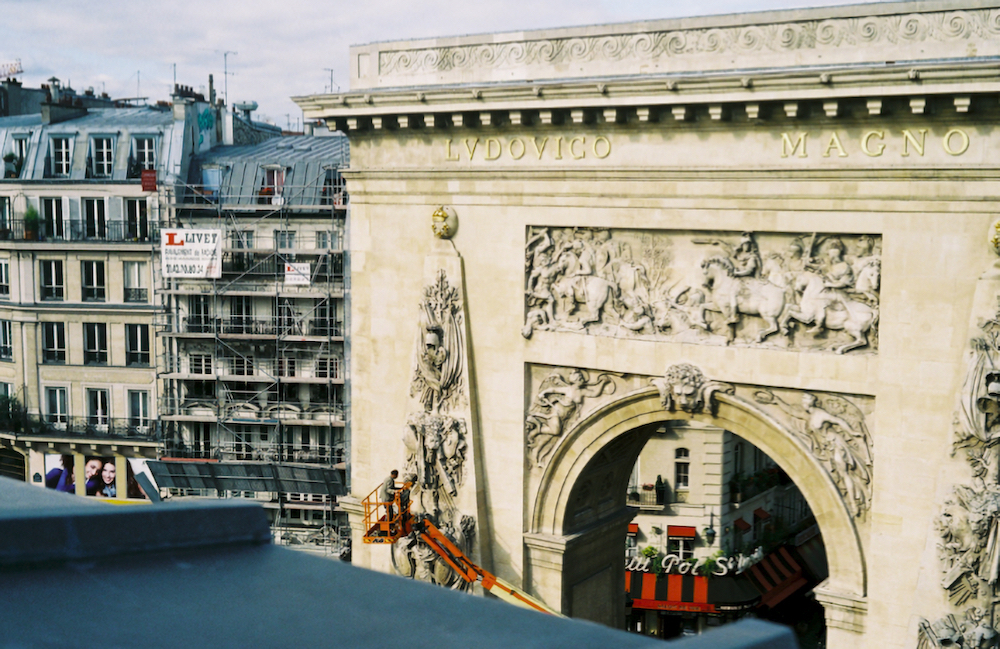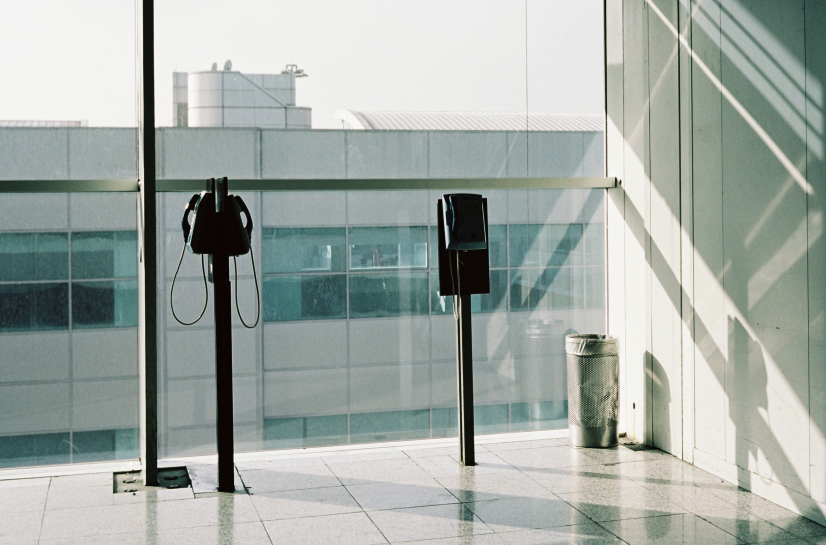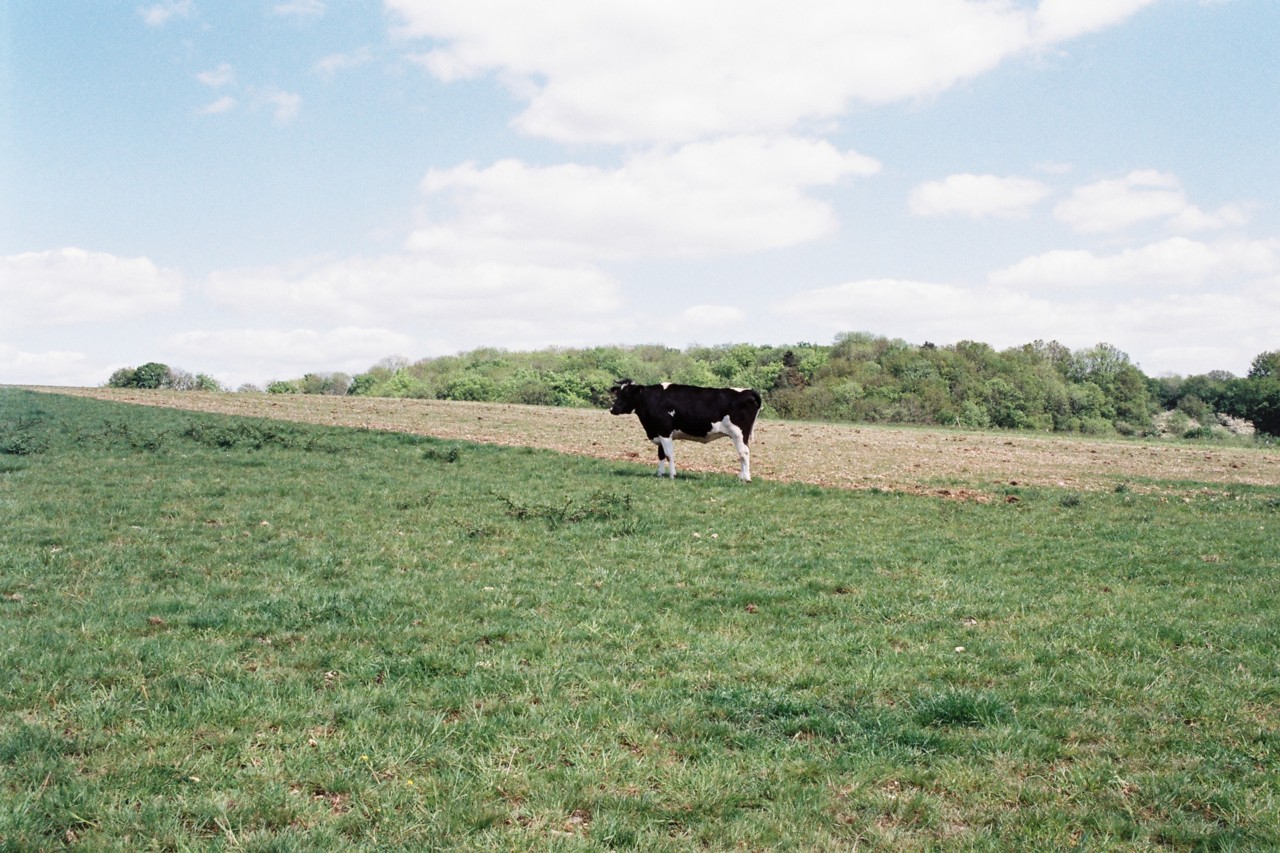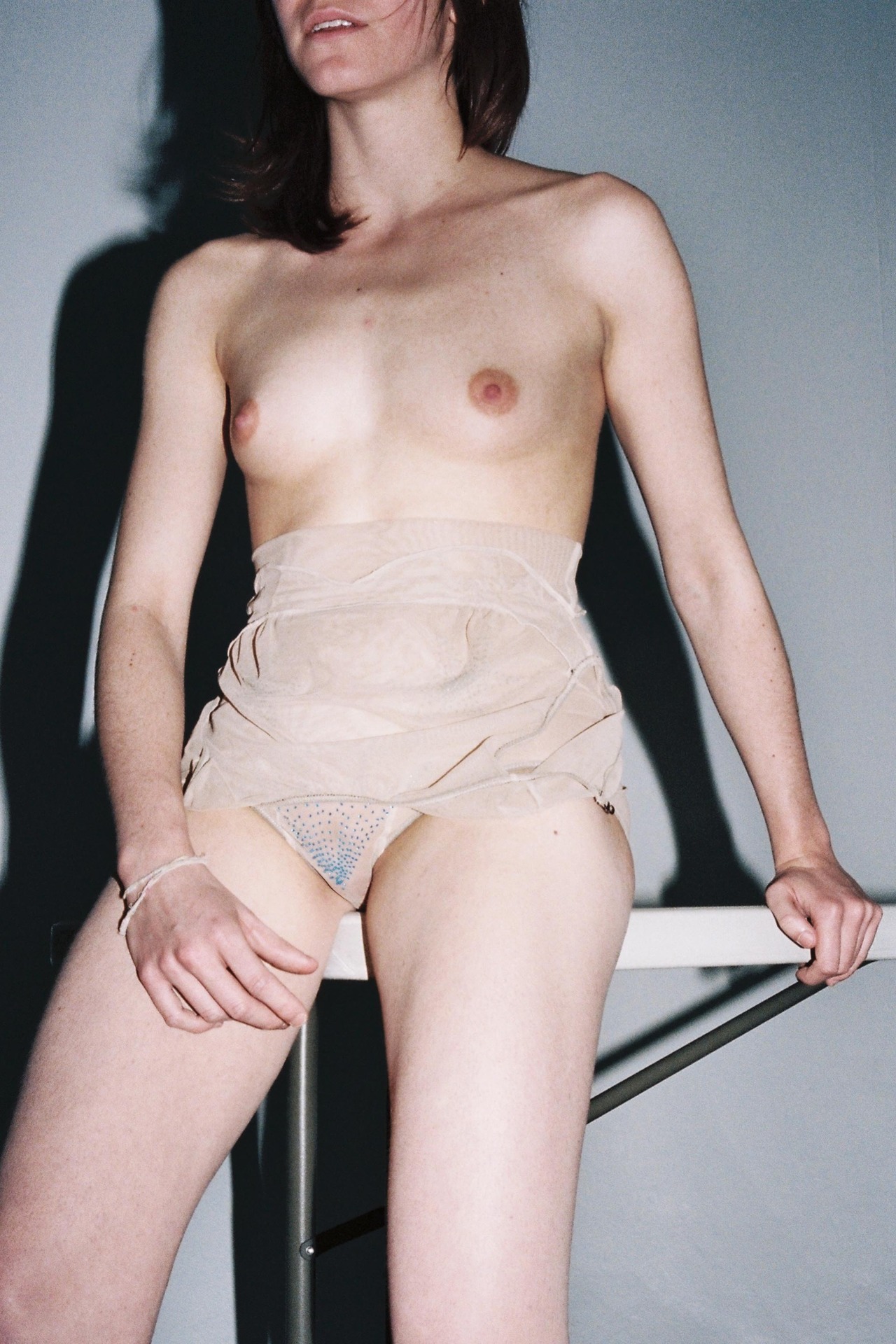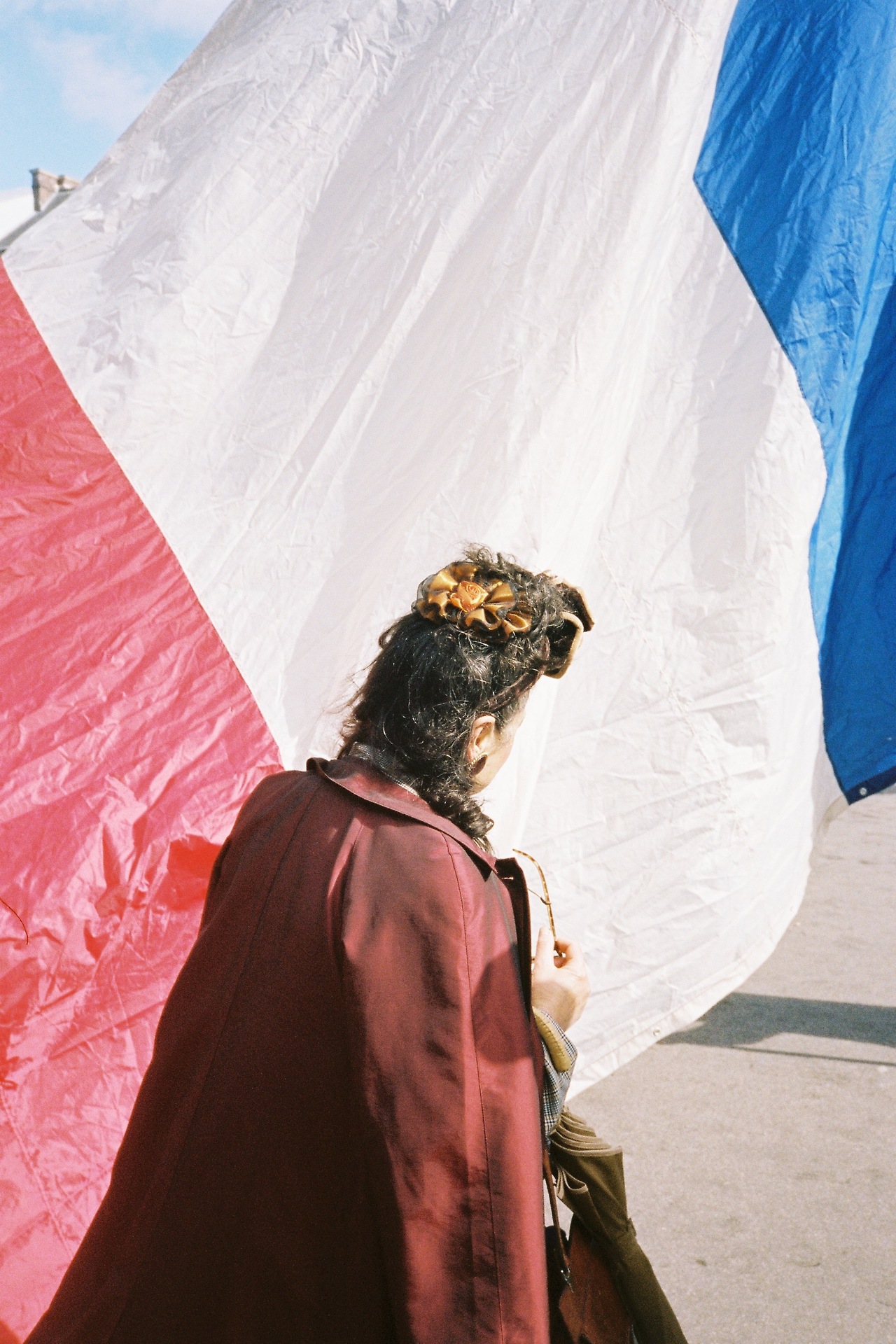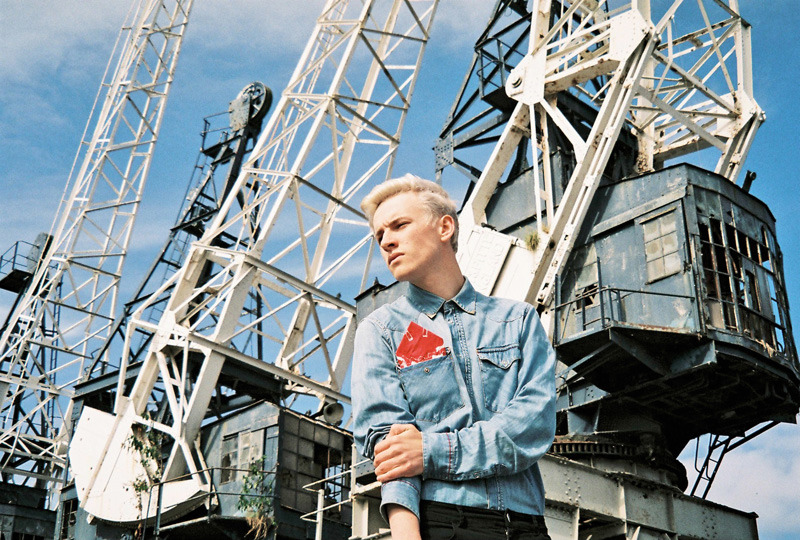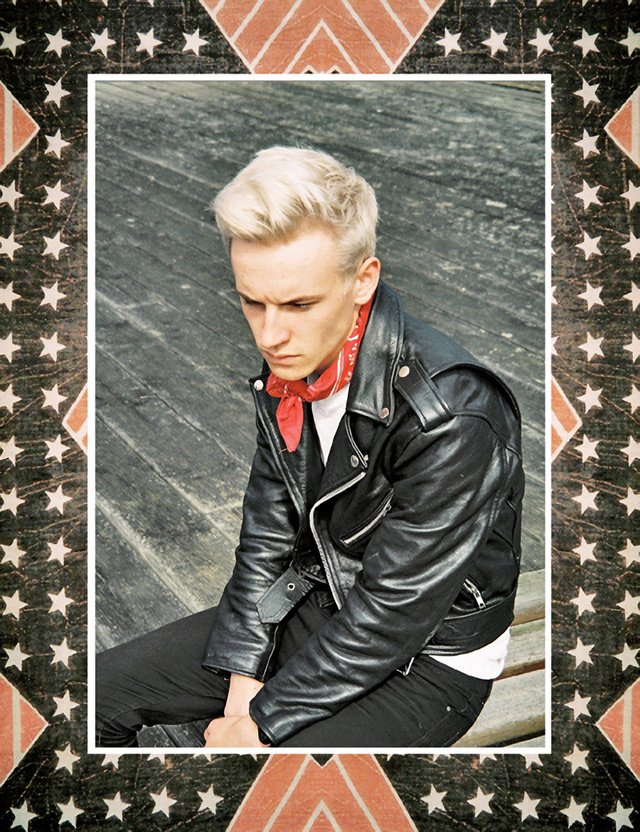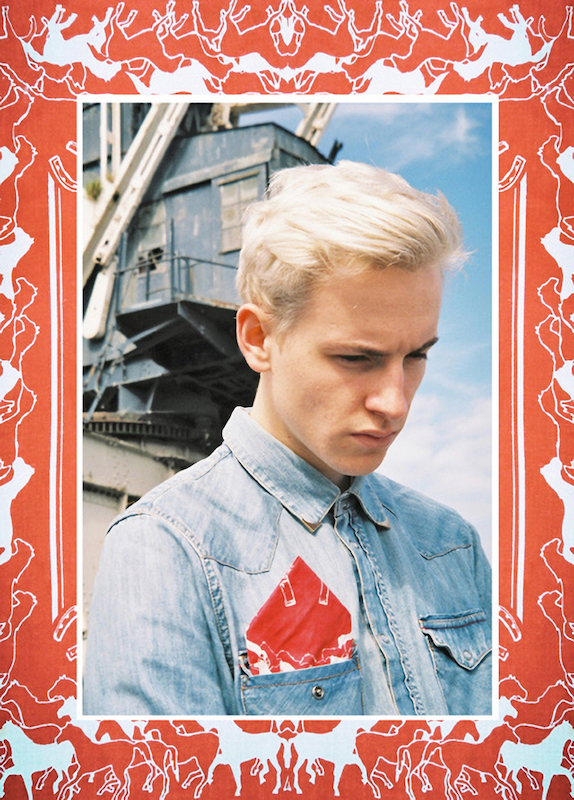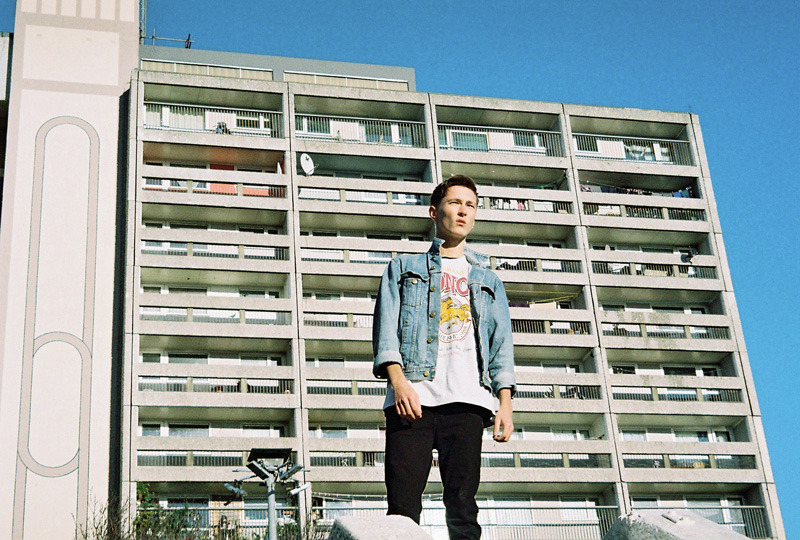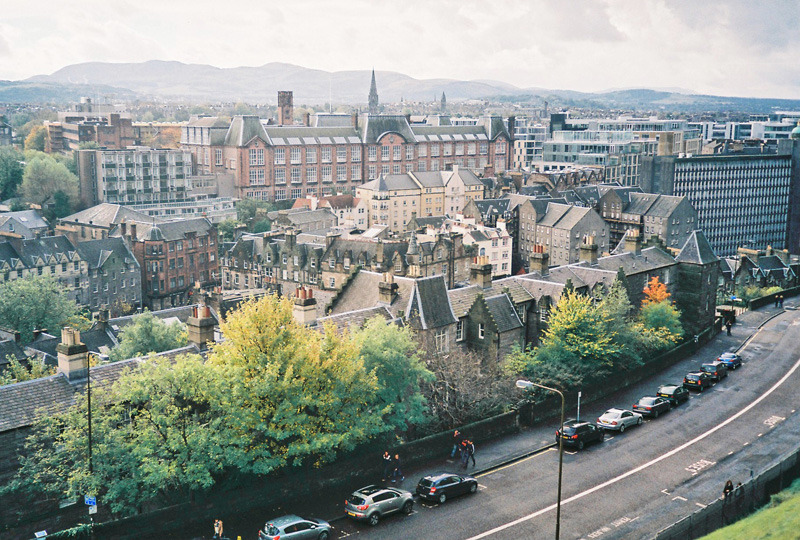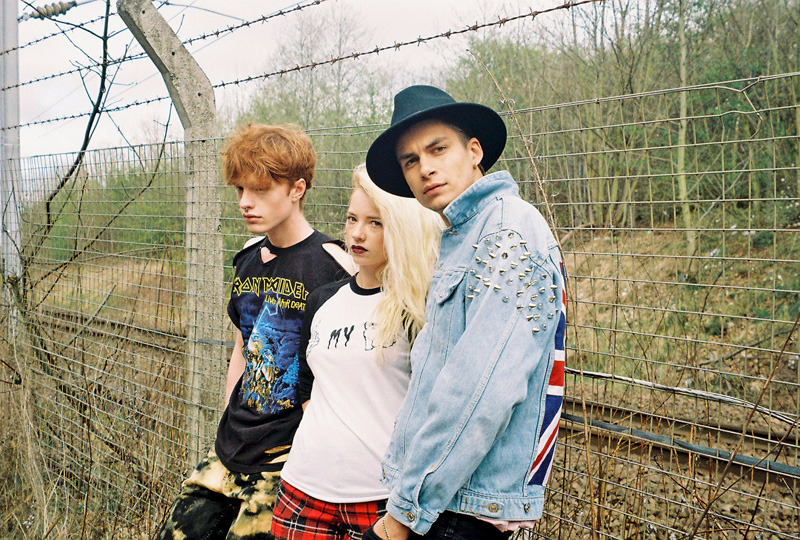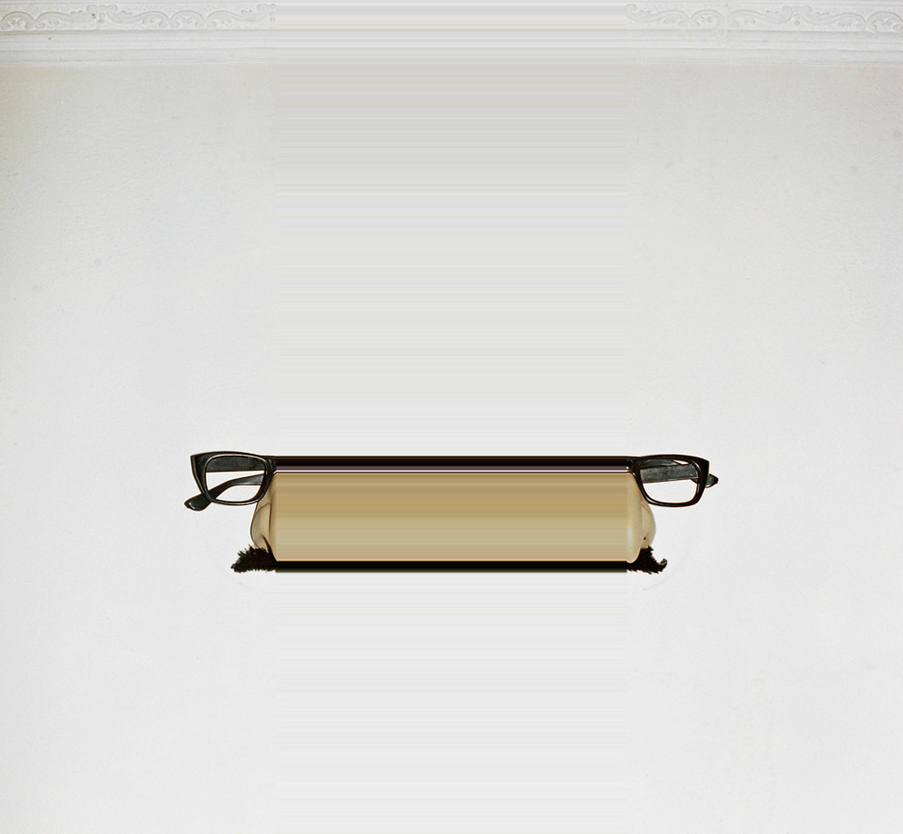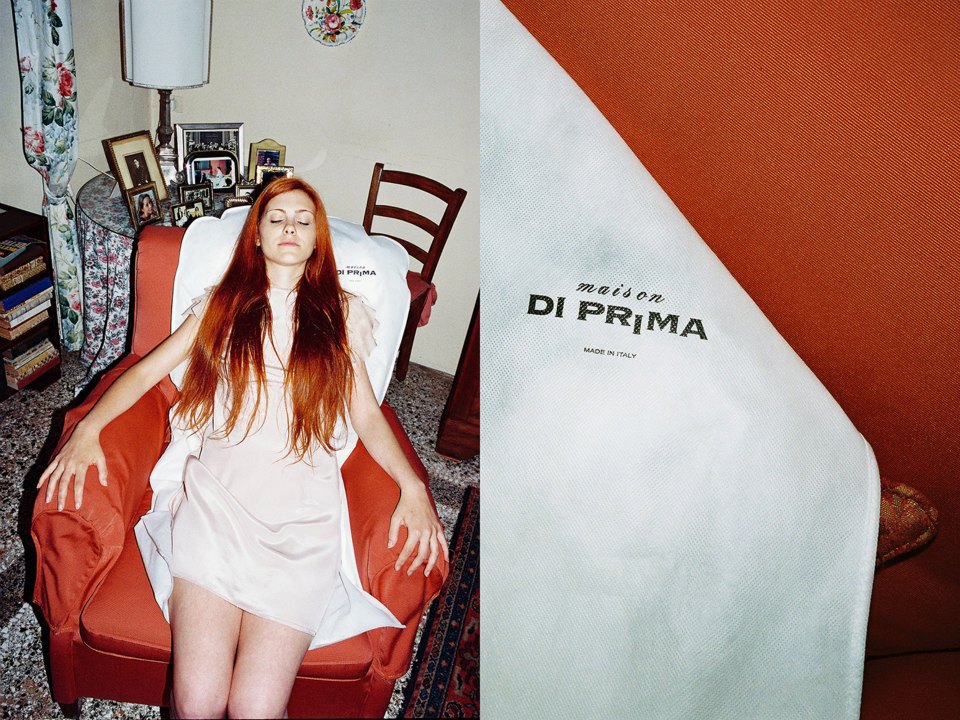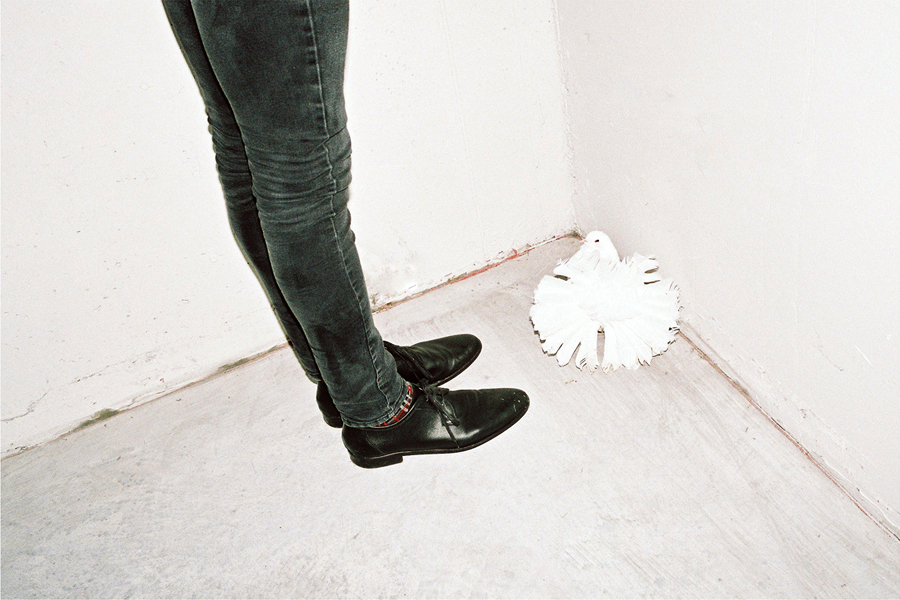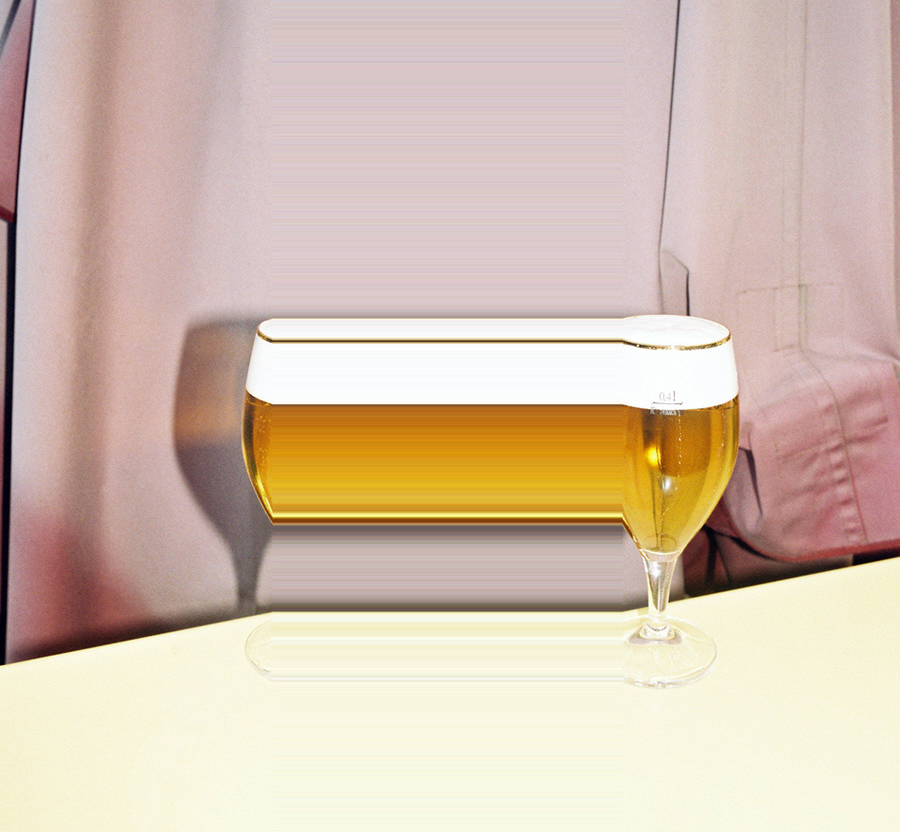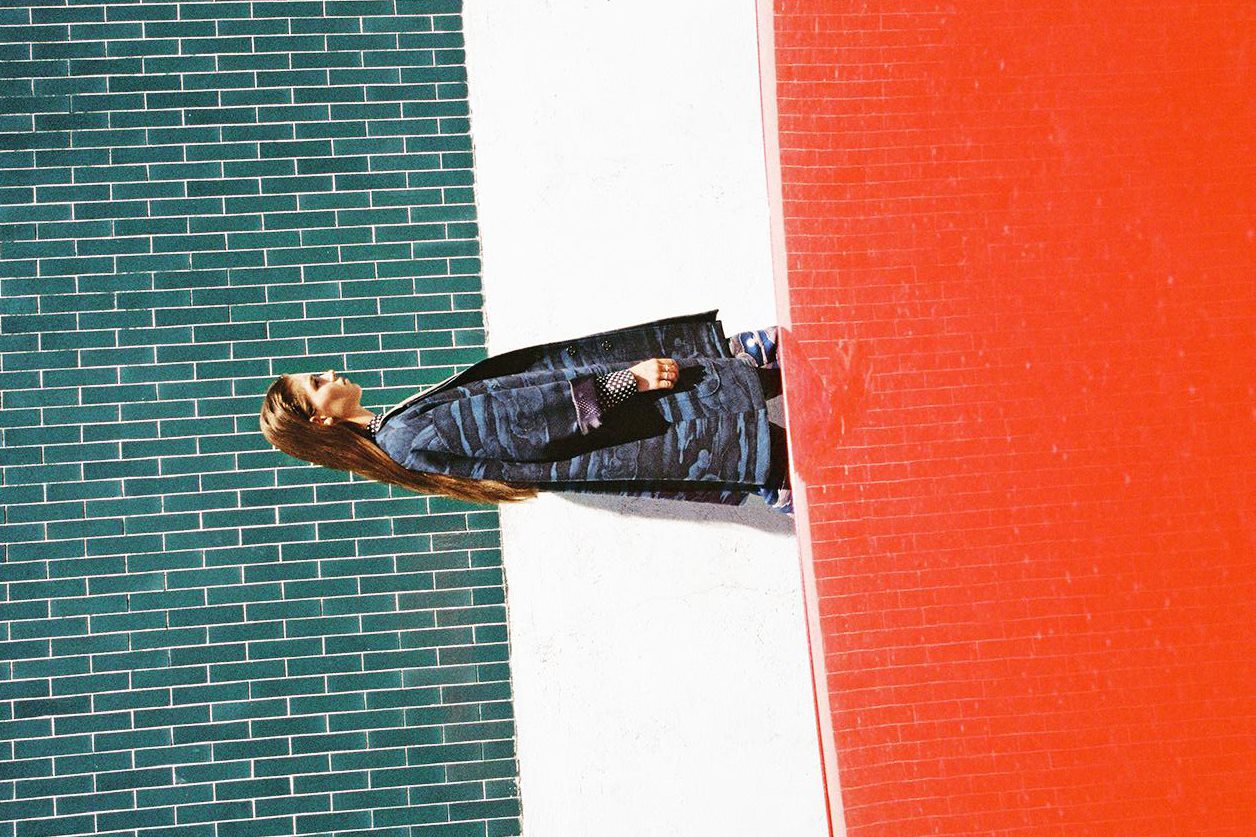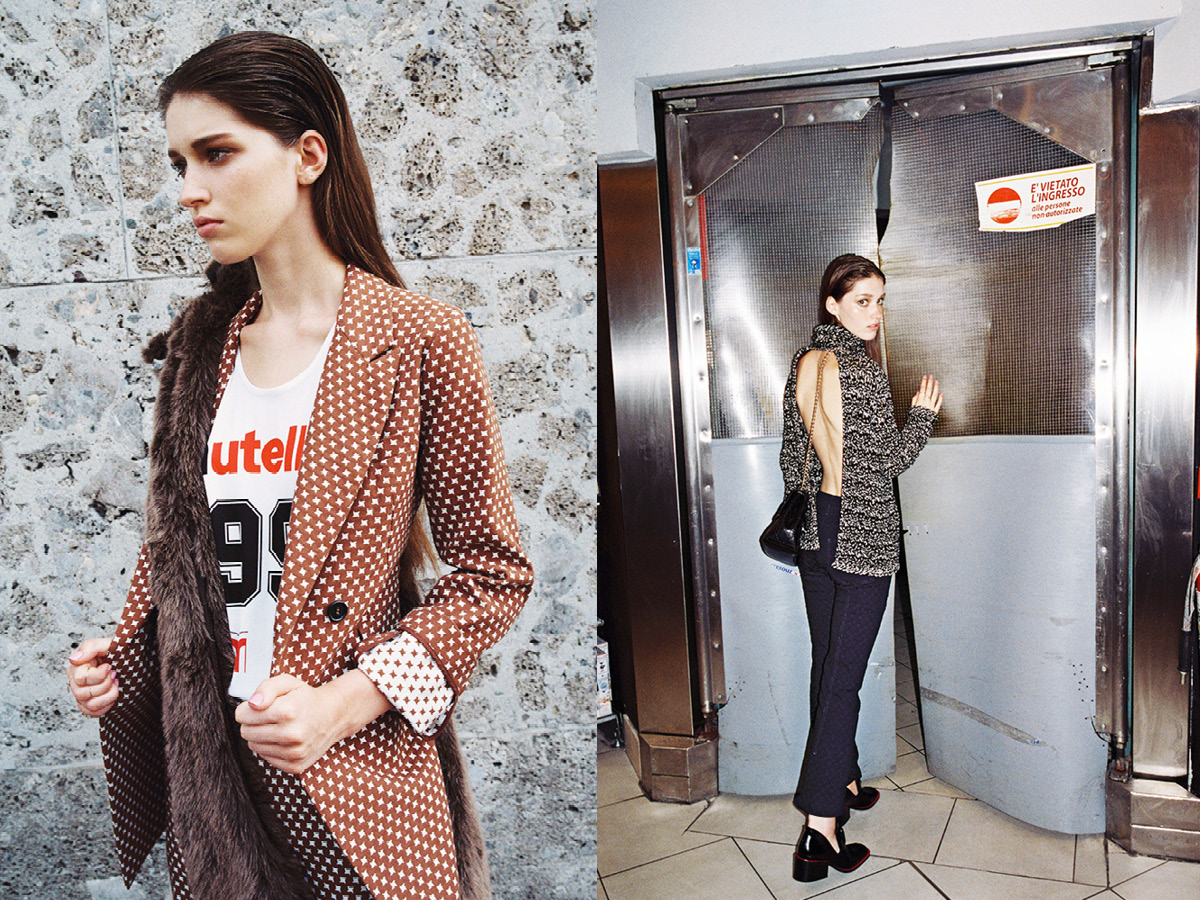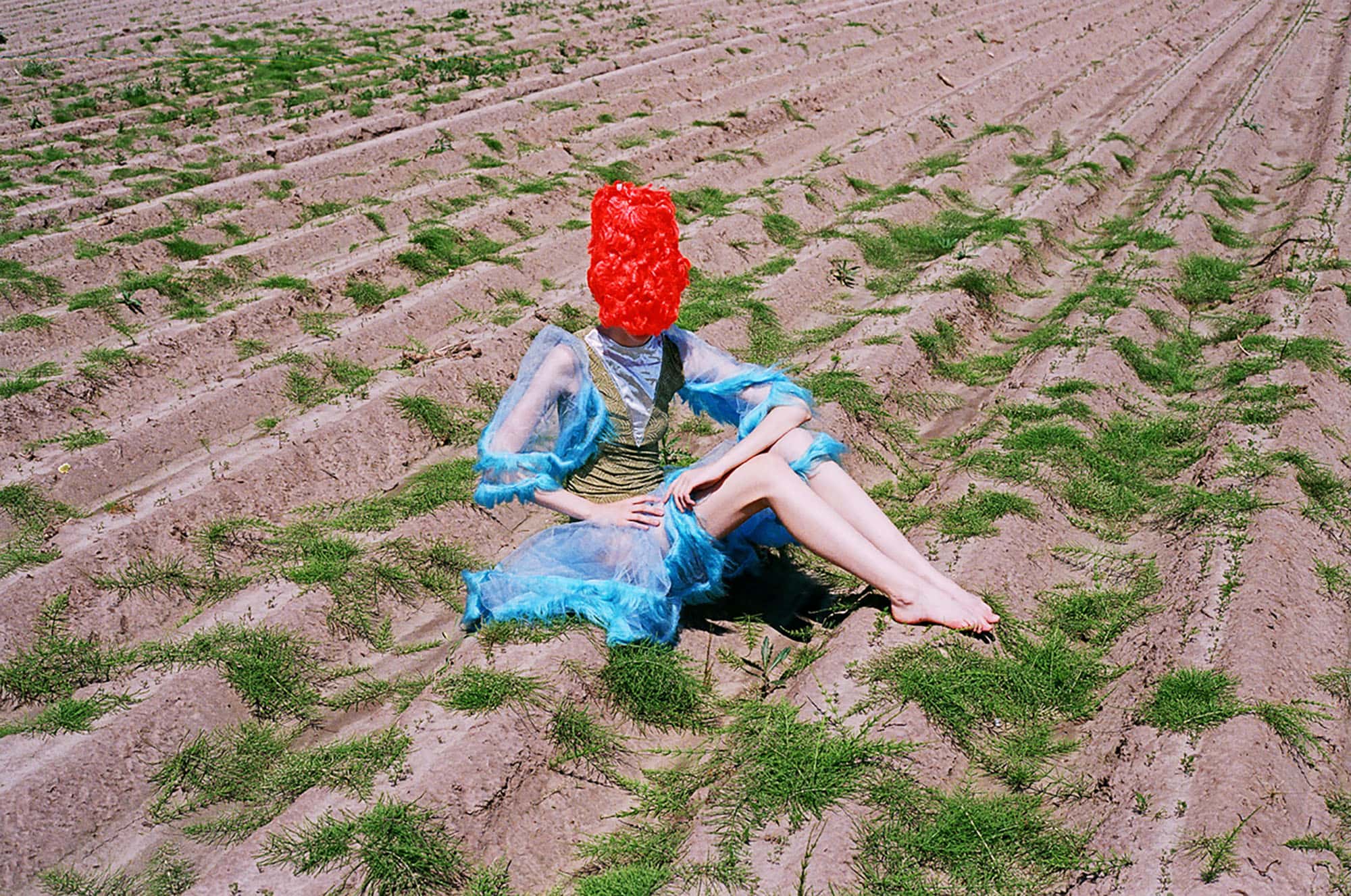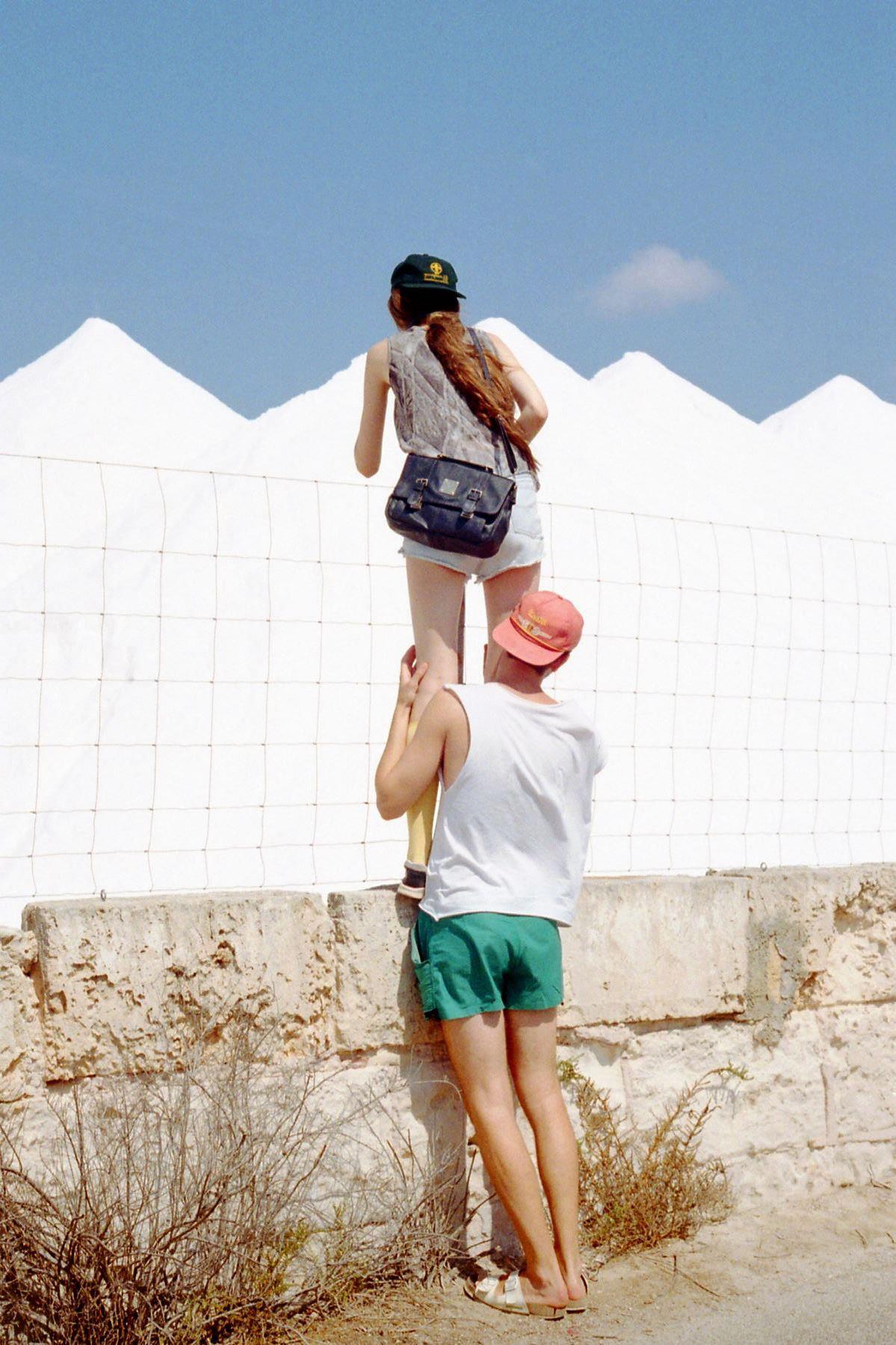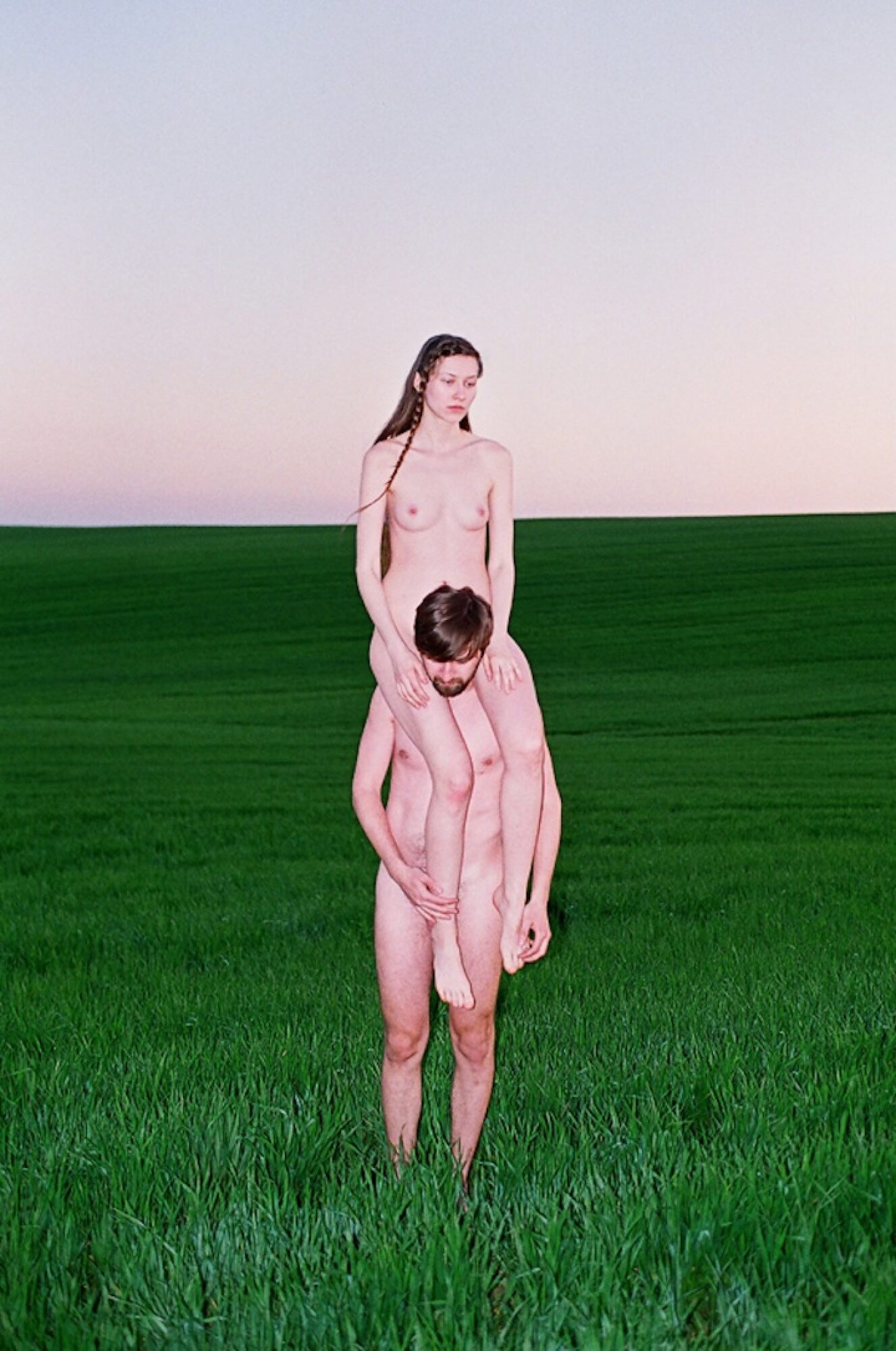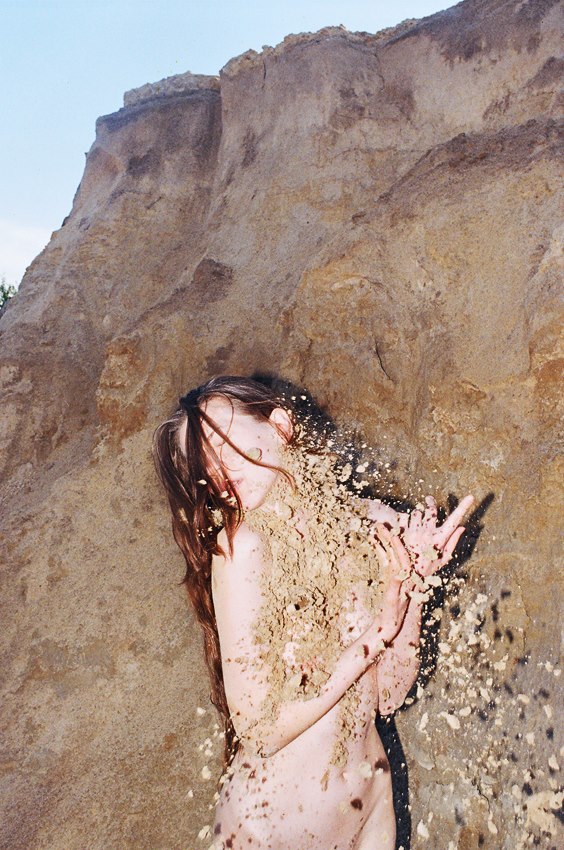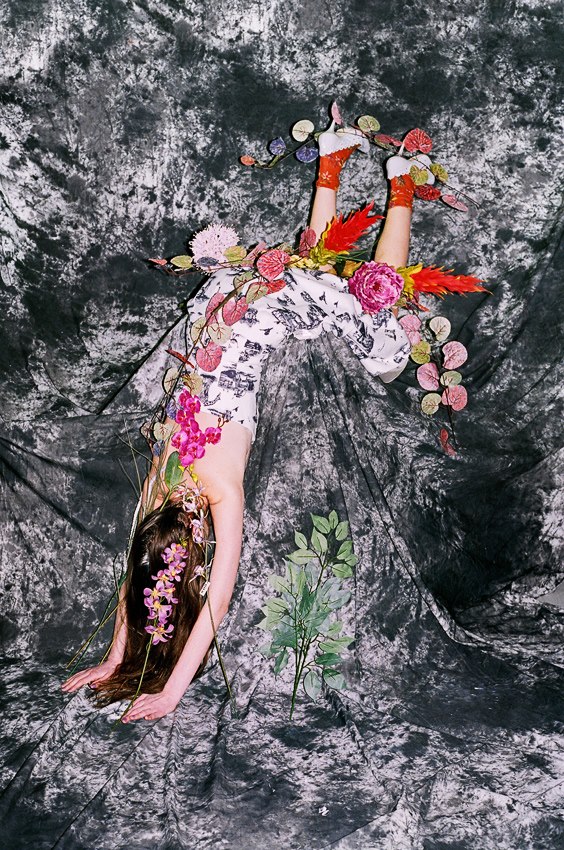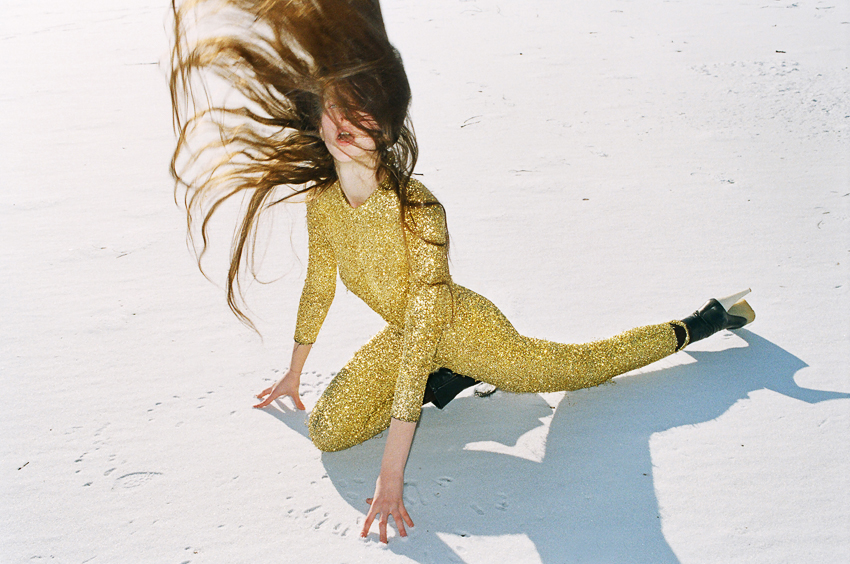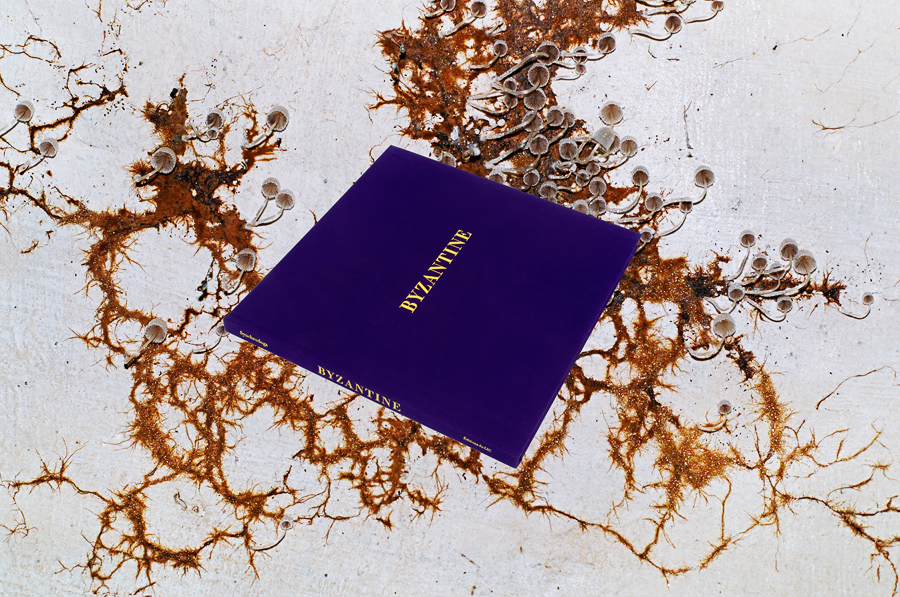Interview by SARA GIANGUZZA — Photos by SILVA+CEMIN
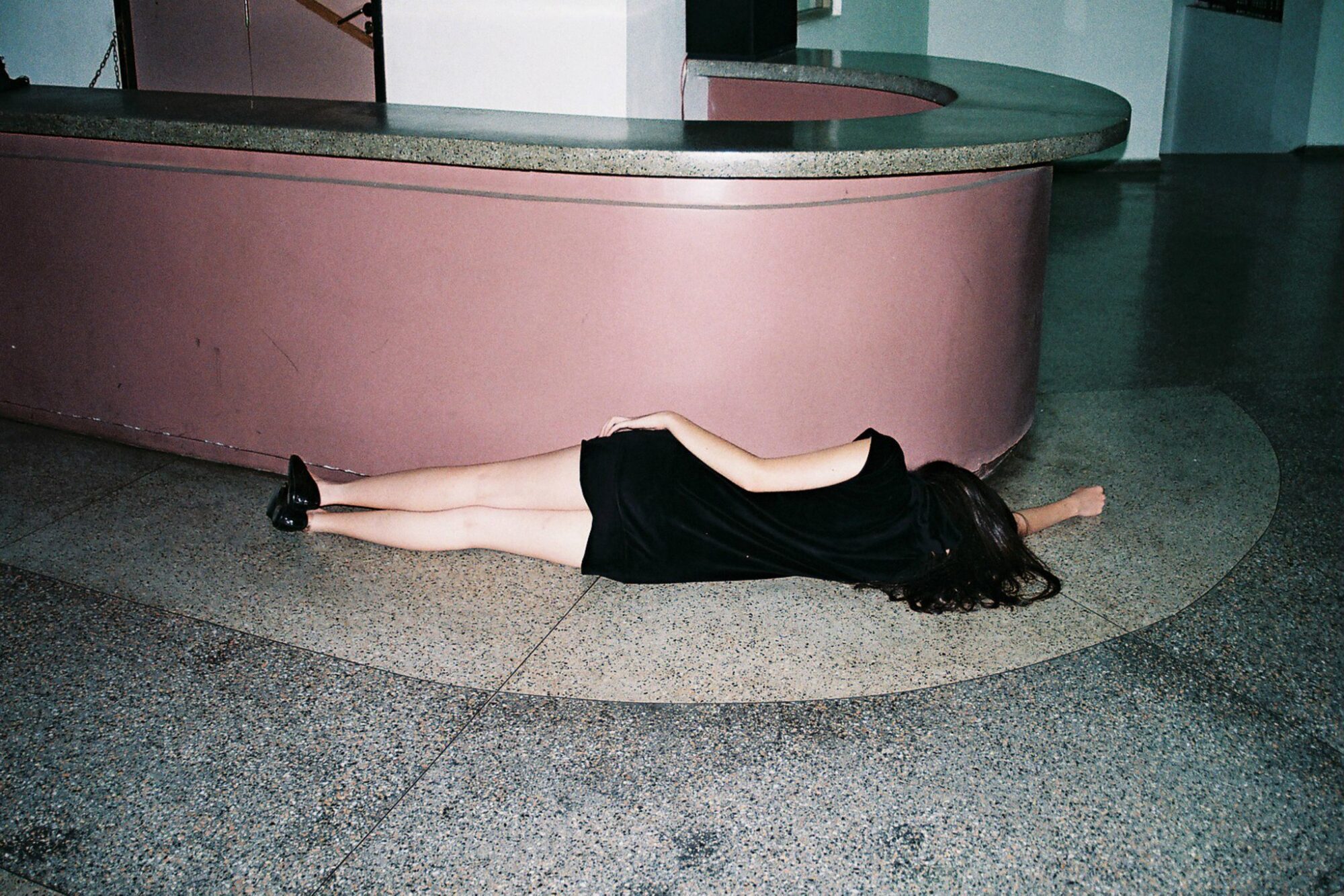
90’s style with a dirty taste, colourful images and sharp textures – that’s how Silva+Cemin work. Finding the perfect balance between the shape of the body and the scene behind it, in their photos, S+C express the soul of Brazil. Simplicity and spontaneity are key to their work, block colours, flash and people in unconventional settings make up the grounds for their creativity to thrive. Inspired by their country, they tell stories of unordinary life through people and objects. How can ugliness and poorness become art at a click? How can trashiness inspire? Let’s meet the eye of this Brazilian photographer duo and have a chat with them.
SARA G. — Hi guys, so… let’s break the ice! Tell us: where are you from? Where do you live? How old are you? Tell us something about your life.
SILVA+CEMIN — Hello, we’re Guilherme Silva, 22, and Rodolfo Cemin, 20. We live in the South of Brazil. Silva studies Fashion, but he also studied Arts. He’s a weirdo since he was a baby: he didn’t like toys, but he loved to draw on the walls. Cemin studies Advertising but some years ago he wanted to become a dentist (he doesn’t know why) and he’s a scout since 2004. We met in October 2011 and since then we can’t stop taking pictures together.
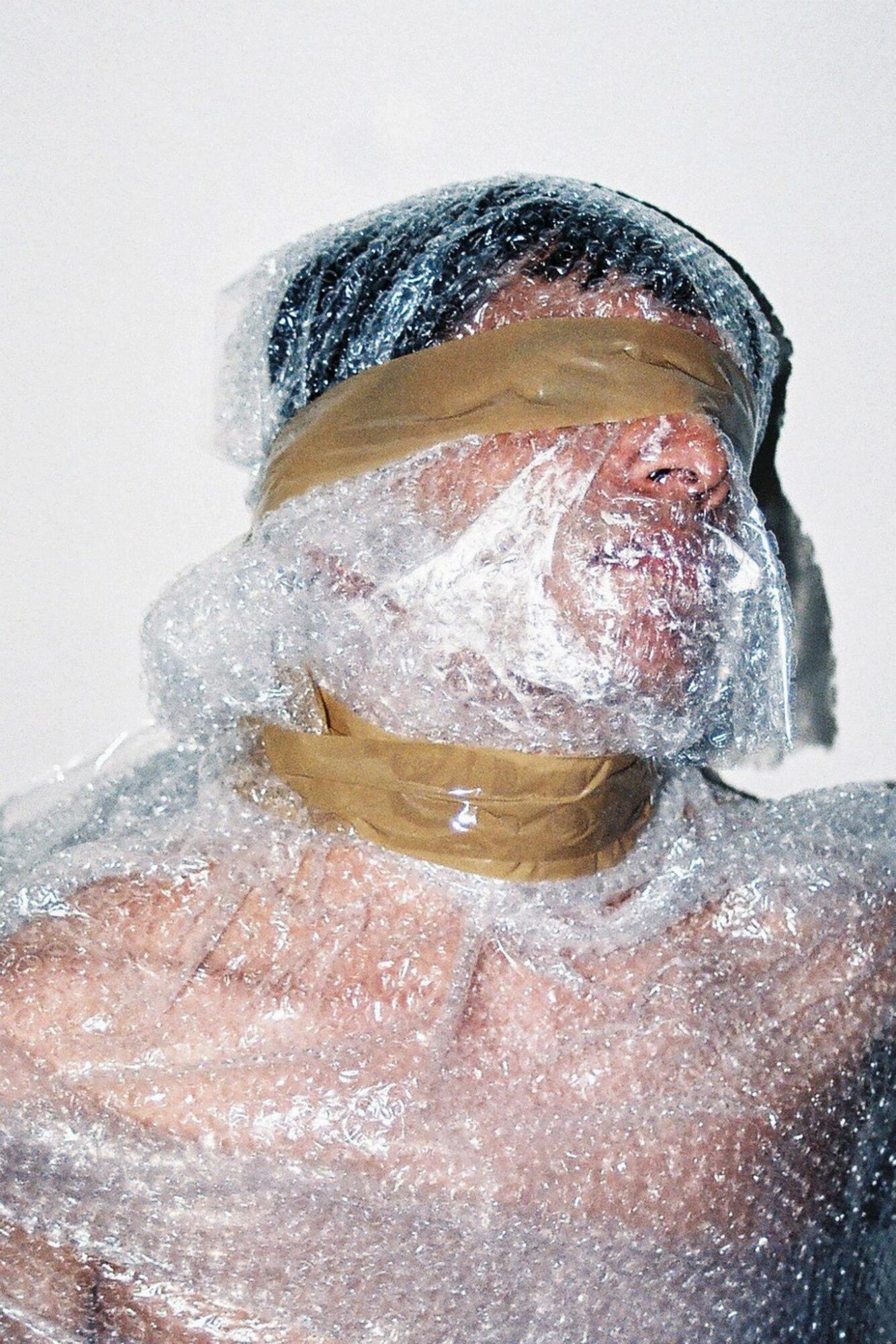
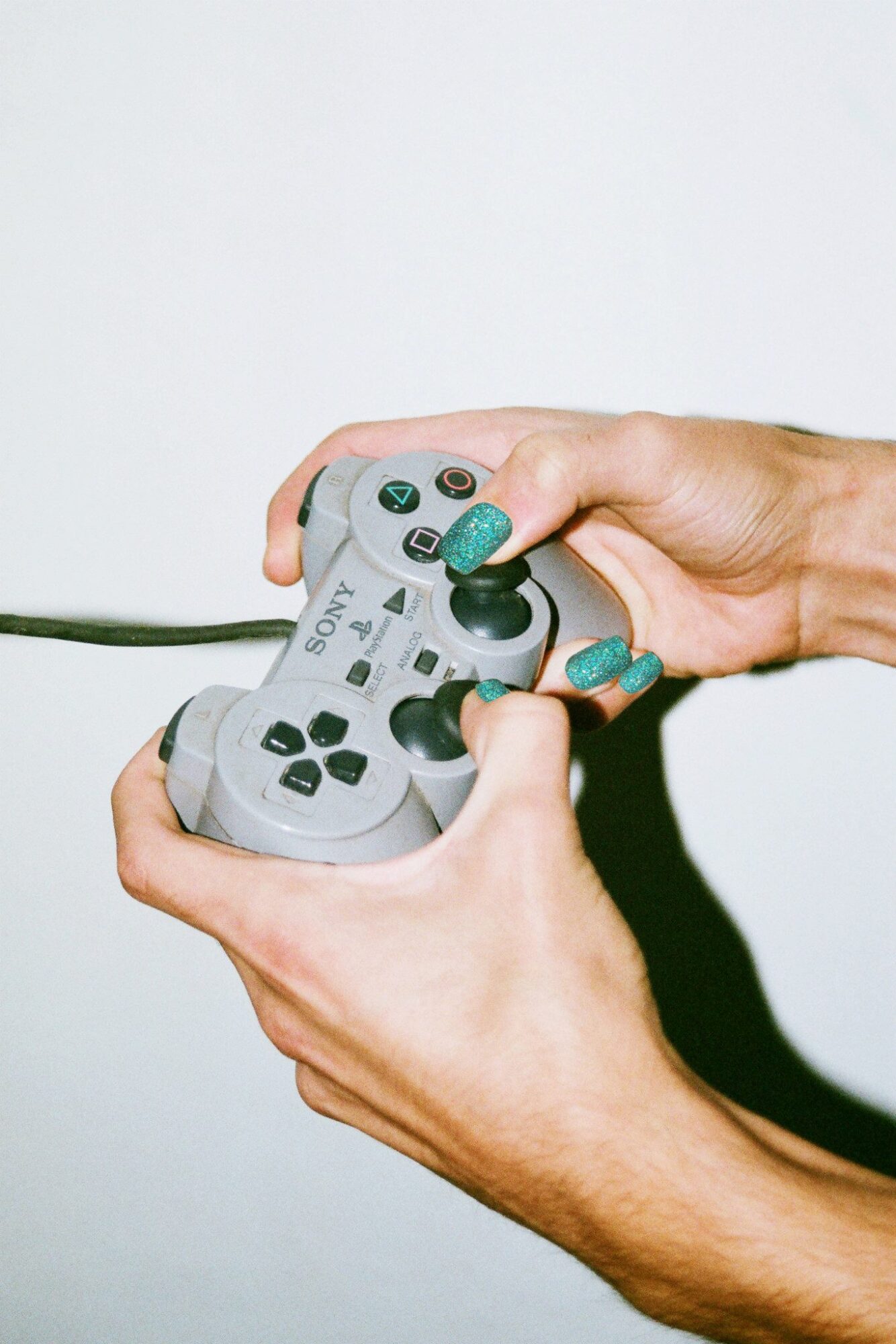
SARA G. — Brazil is such a ‘colourful’ country. Do you think your pictures are somehow inspired or related to your origins?
SILVA+CEMIN — Totally! Actually the country we live in, Brazil, is full of European influences, like architecture. Even people have foreign origins (for example, we have an Italian heritage). We always try to put some Brazilian influences in our pictures, to escape from an identity the viewer is tired to see. You know, most of the fashion photographers want clean pictures, full of glamour and beauty. We instead want dirt, poorness and ugliness, simplicity and different (or even strange) people.
SARA G. — What does usually inspire you? Is there a particular kind of photography you are influenced by?
SILVA+CEMIN — As we had answered before, the Brazilian culture inspires us like crazy. Some locations from our pictures you will find only in Brazil. Actually, since we came back from Rio de Janeiro for a mini-documentary about our work for Crane.tv (UK) we are even more inspired by the soul of our country. For example, the ‘R$ 1,99 stores’ (like the ’99 Cents Only Stores’ in USA) in Brazil are places full of trashiness and textures which have been influencing us a lot.
Furthermore, as young people, we can’t escape the influence that art, fashion, music and movie icons have on us. We love pictures with a 90s style, like Corinne Day’s and Juergen Teller’s, for example.
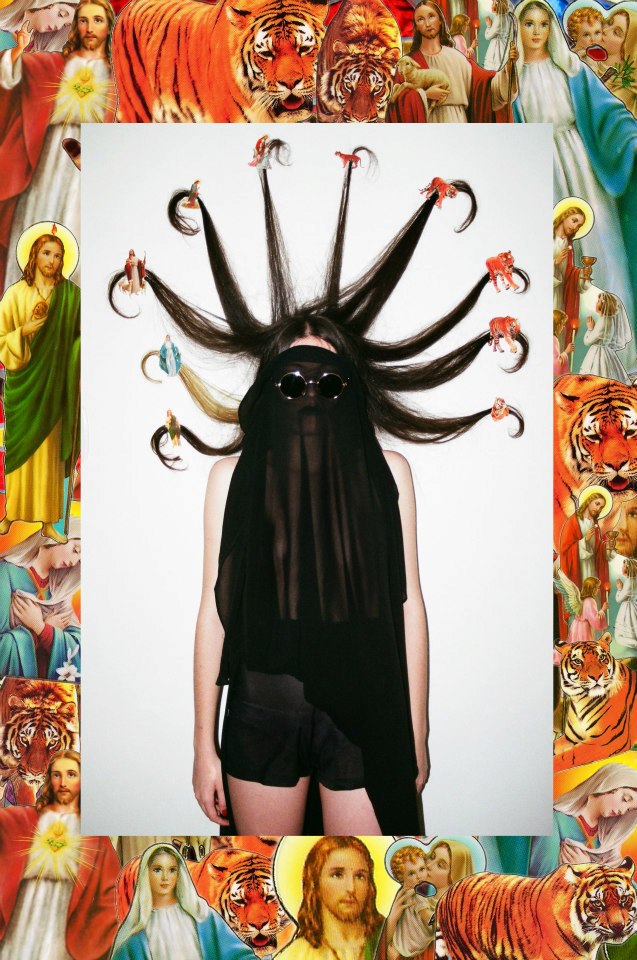
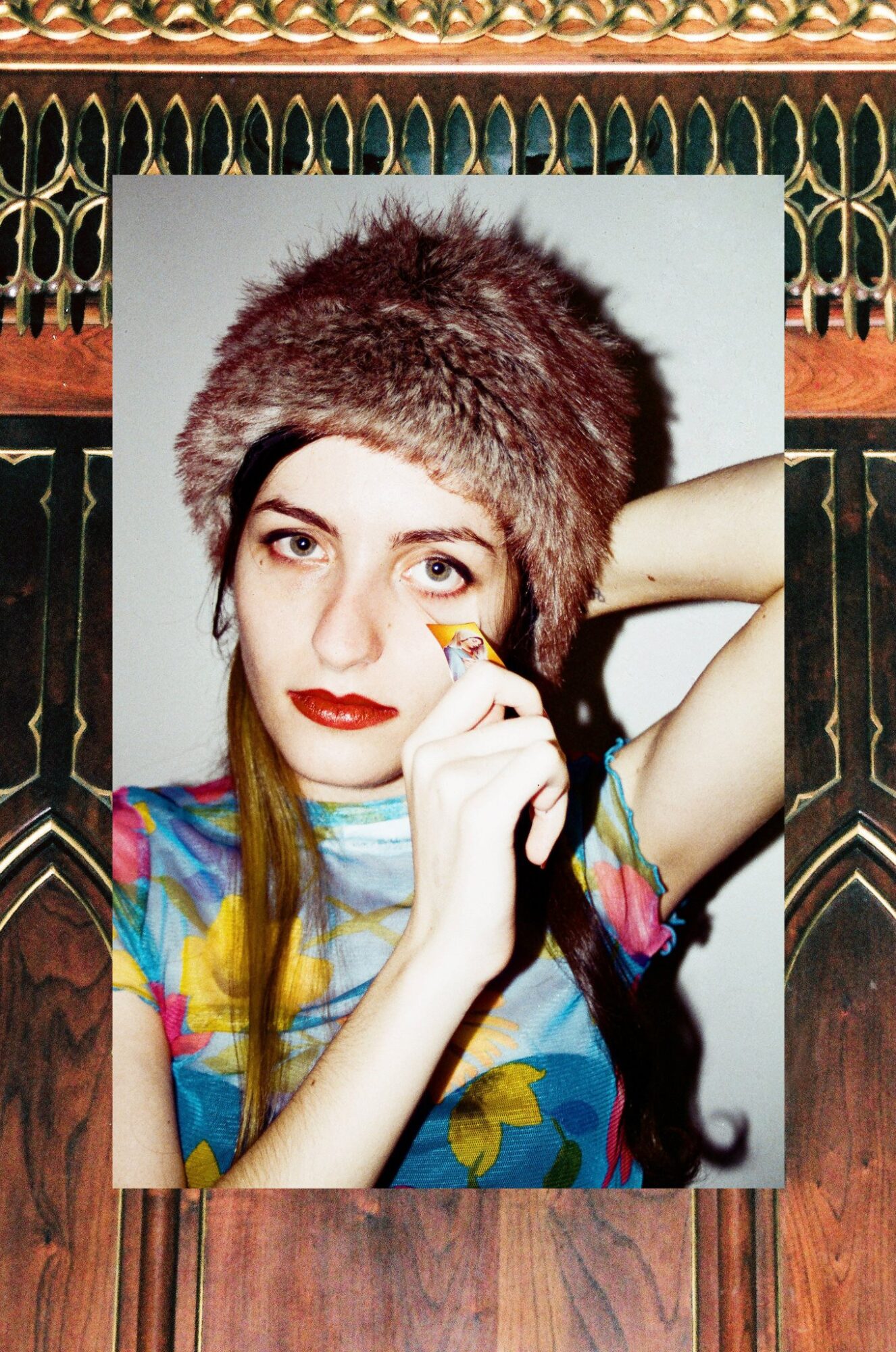
SARA G. — How is your work integrated in the cultural scene of your country? Do you have fun working there or would you rather move to see how your work could fit in other countries?
SILVA+CEMIN — Our works were published mostly on international media, so we think it would be better for us to move to Europe.
The people and government in Brazil are not so interested in Art and Fashion, so we think that if we want to get some notoriety we have to move out and try to find all the trashiness in Europe.
SARA G. — Some of your photos look really spontaneous, is it really like that? How do you usually work?
SILVA+CEMIN — It’s like ‘think it and do it’. We don’t care much about whether it looks spontaneous or artificial. We just want to make our ideas work out.
SARA G. — Four eyes and one lens, or do you work separately and mix the photos of the two of you as if it were one mind?
SILVA+CEMIN — We always work together.
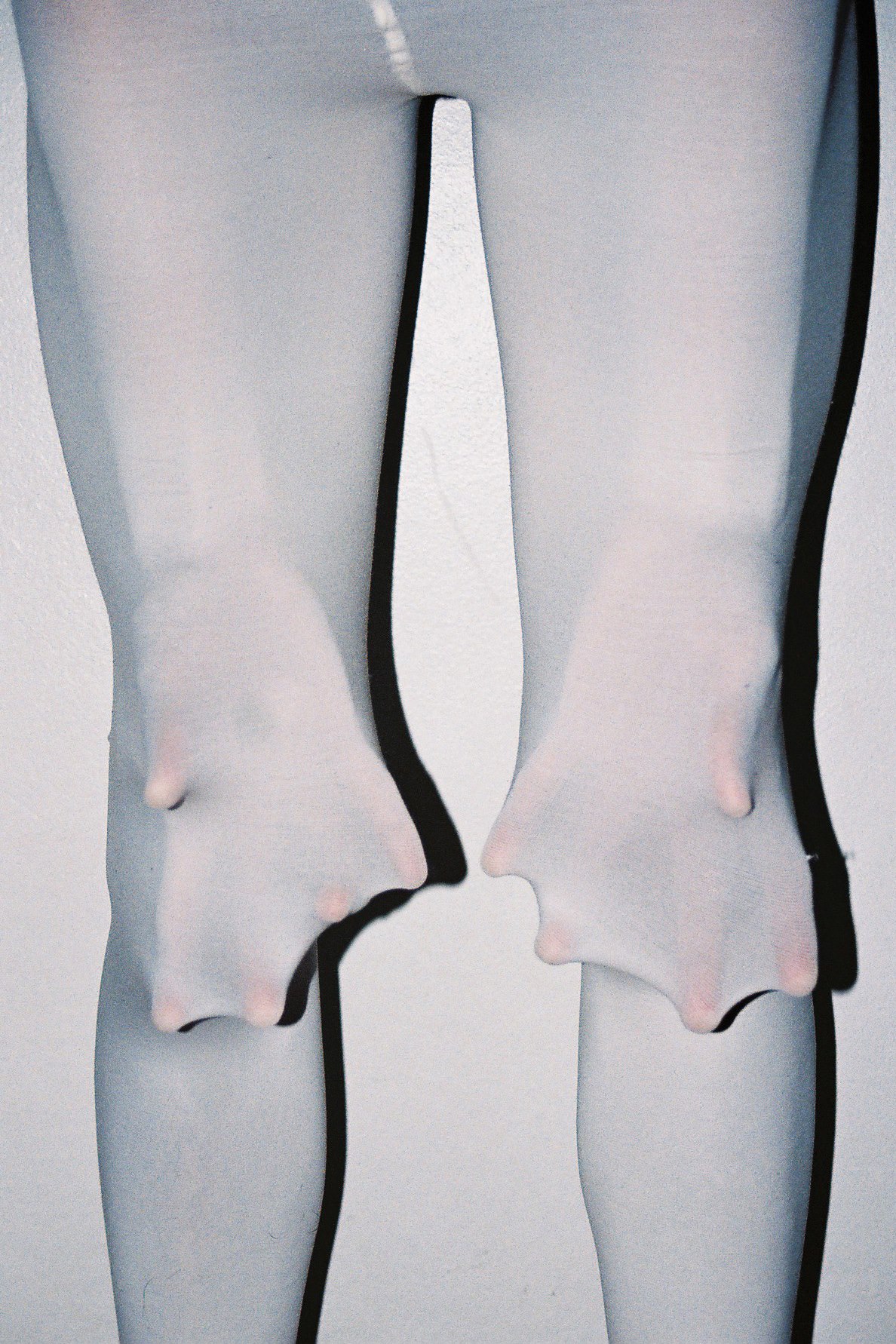
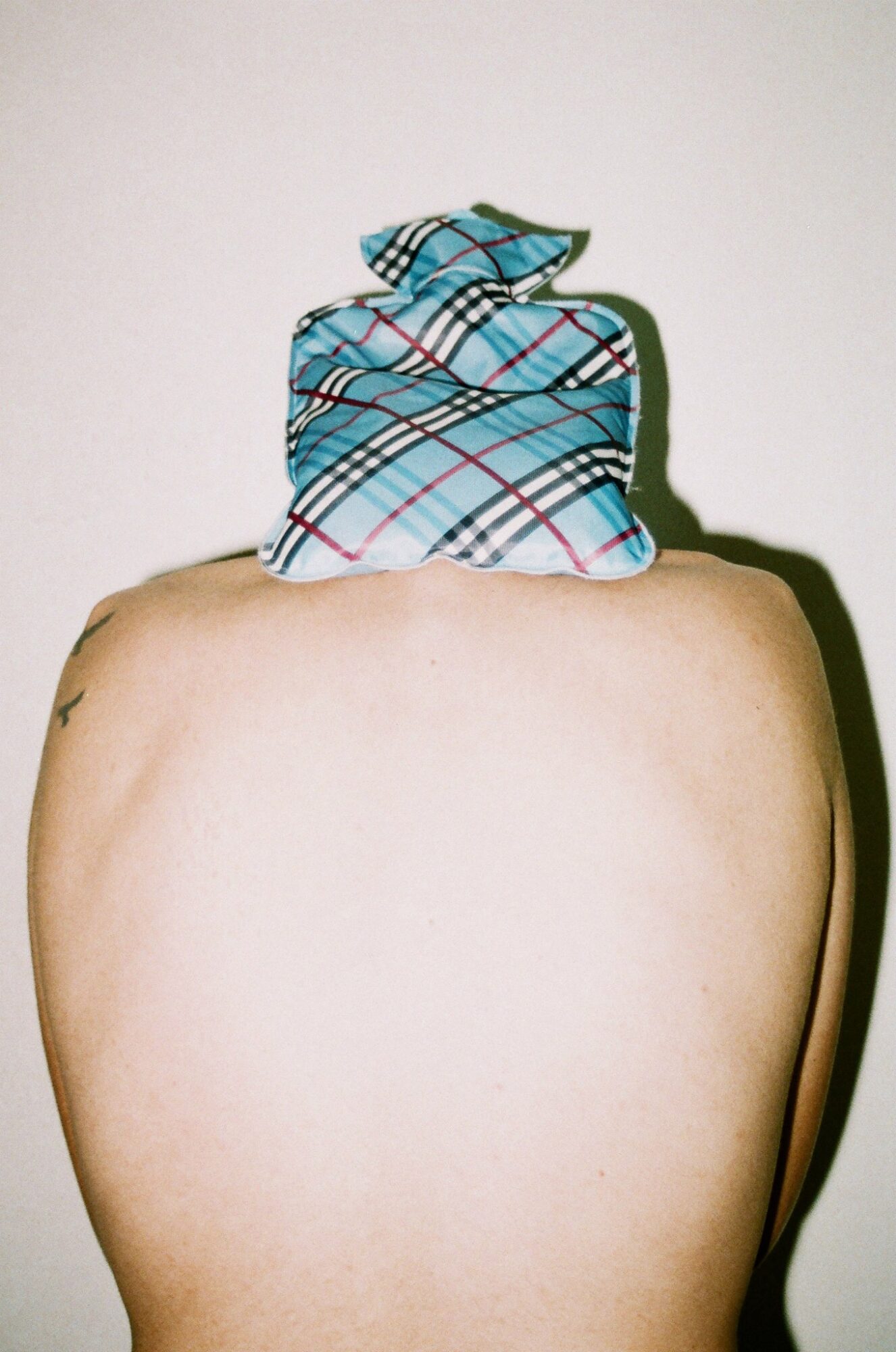
SARA G. — Which camera do you use? Is it only one camera or do you use more than one? Could you tell us which is your favorite?
SILVA+CEMIN — We have a Canon EOS 3000 and a powerful vintage flash which we have bought in Rio. Sometimes we like to use a Kodak disposable camera as well.
SARA G. — Are you fascinated by the human body? Does it inspire your pictures? I see lots of ‘sections of the body’, like naked legs, or shoulders, of faces, but never an entire body, why?
SILVA+CEMIN — Yes! As artists, we love to explore the human body. People always ‘have a crush’ on other people bodies (like, ‘I love your hands’, ‘I love your legs’…). We even have an exclusive set on our Flickr for this kind of pictures, called pieces of meat, where we want to show how much people can be interesting looking at the parts of their body.
SARA G. — What about textures? I feel like I could touch your pictures.
SILVA+CEMIN — Thank you, that’s a compliment for us. But we don’t know exactly why people say this to us. Maybe it is because we like to work with sharped, well focused, colourful images full of objects and patterns.
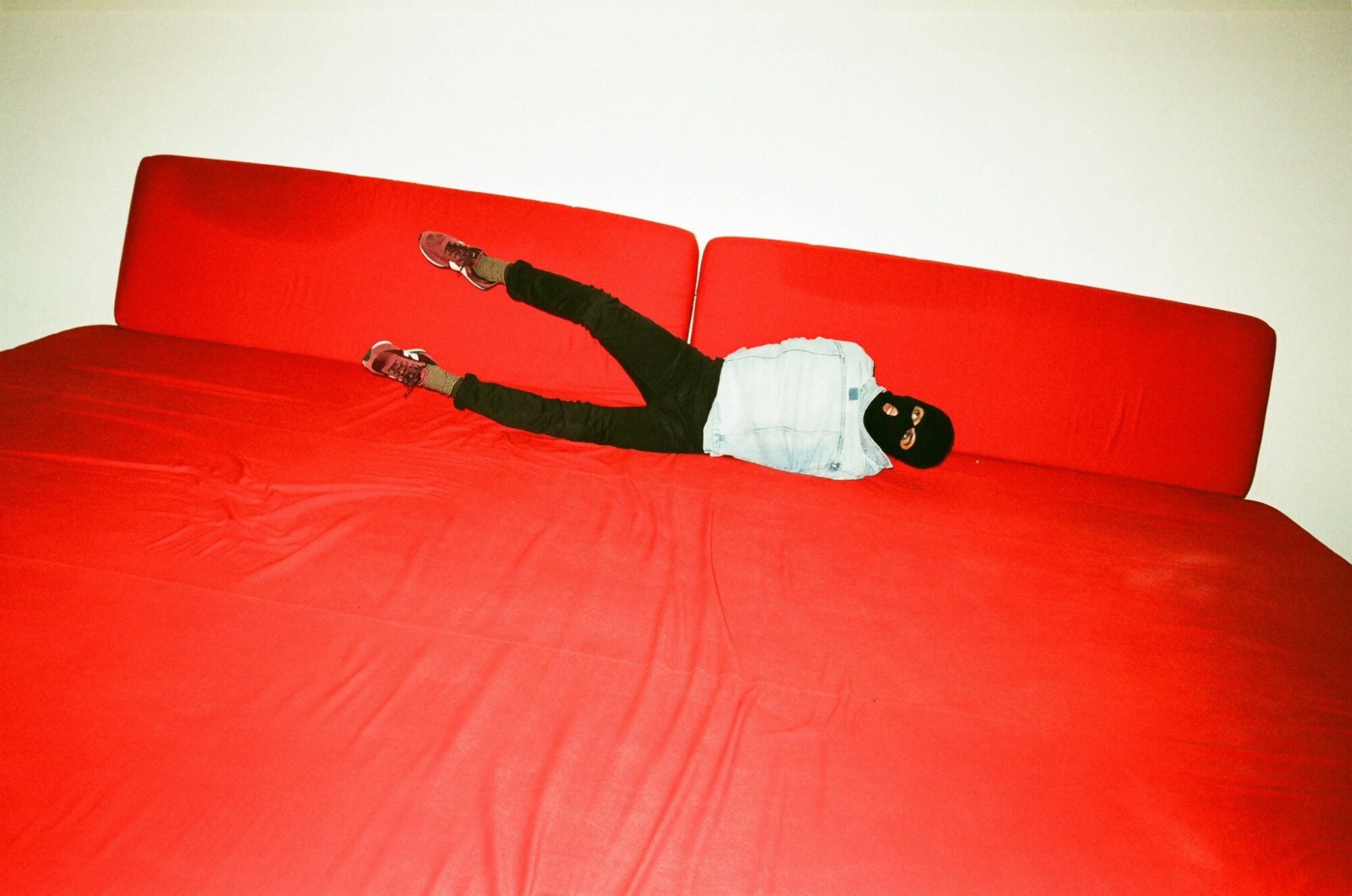
SARA G. — I’m really fascinated by this giant red sofa/mattress – it looks very interesting. What is it exactly? Did you like the relationship between color and size? Was it planned or did you find it by chance?
SILVA+CEMIN — That sofa is awesome and there’s a king (or kingdom) size bed too, which is much bigger than the sofa!
Actually it belongs to a museum where we took some pictures. An artist made it but we can’t remember the name. It’s funny because we found that sofa in other places before, in Porto Alegre. We think it’s chasing us! We found it by chance in that museum and that was the right moment to take those pictures on our big, red friends.
SARA G. — What are you working on for now? Do you have any plans?
SILVA+CEMIN — This is like a new era of our work for us: it’s like when a music artist is working on a new album. We always like to change something, searching for new influences, making our work different, without change our identity. Our images are like songs for us. We also met a great Brazilian designer with Italian heritage (by the way, he has the Italian flag on his arm), Jonathan Scarpari, and we hope great things are about to come.
facebook.com/guilhermeslvpht
facebook.com/rodolfocemin
June 2013
